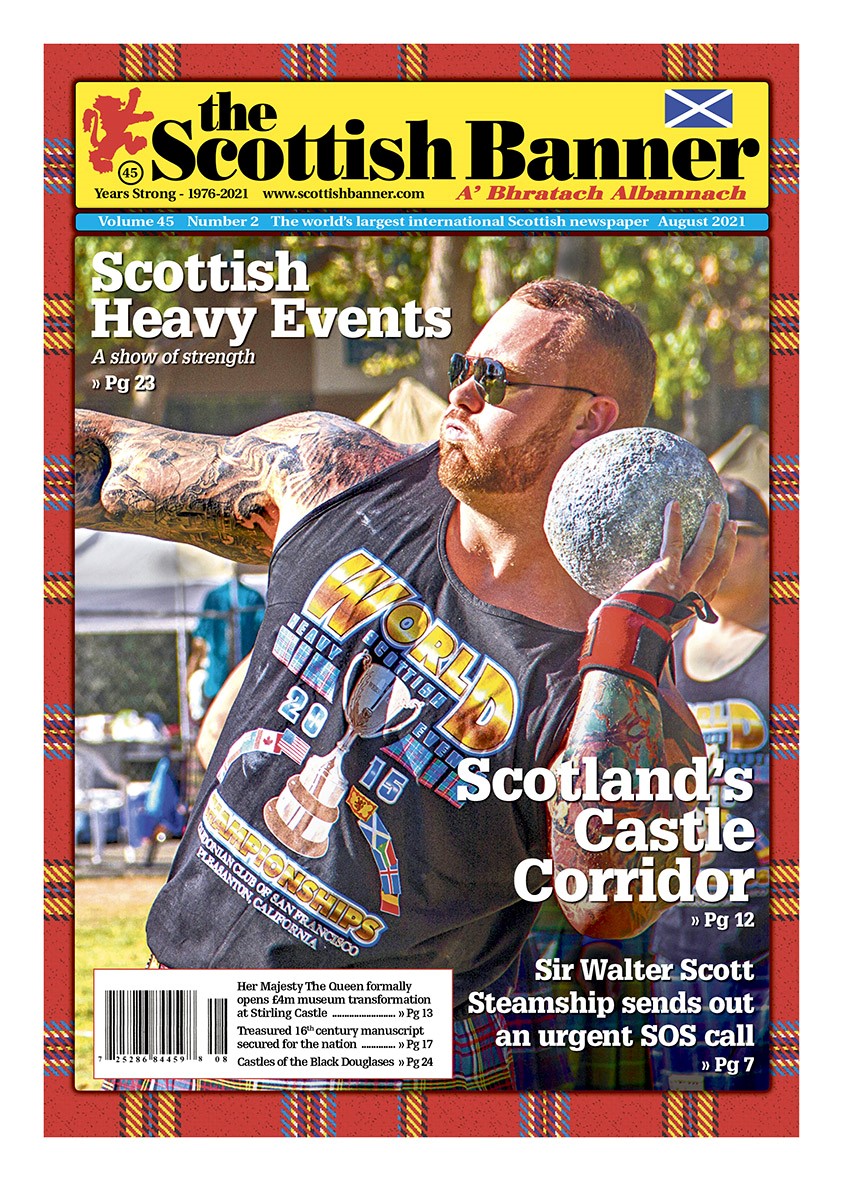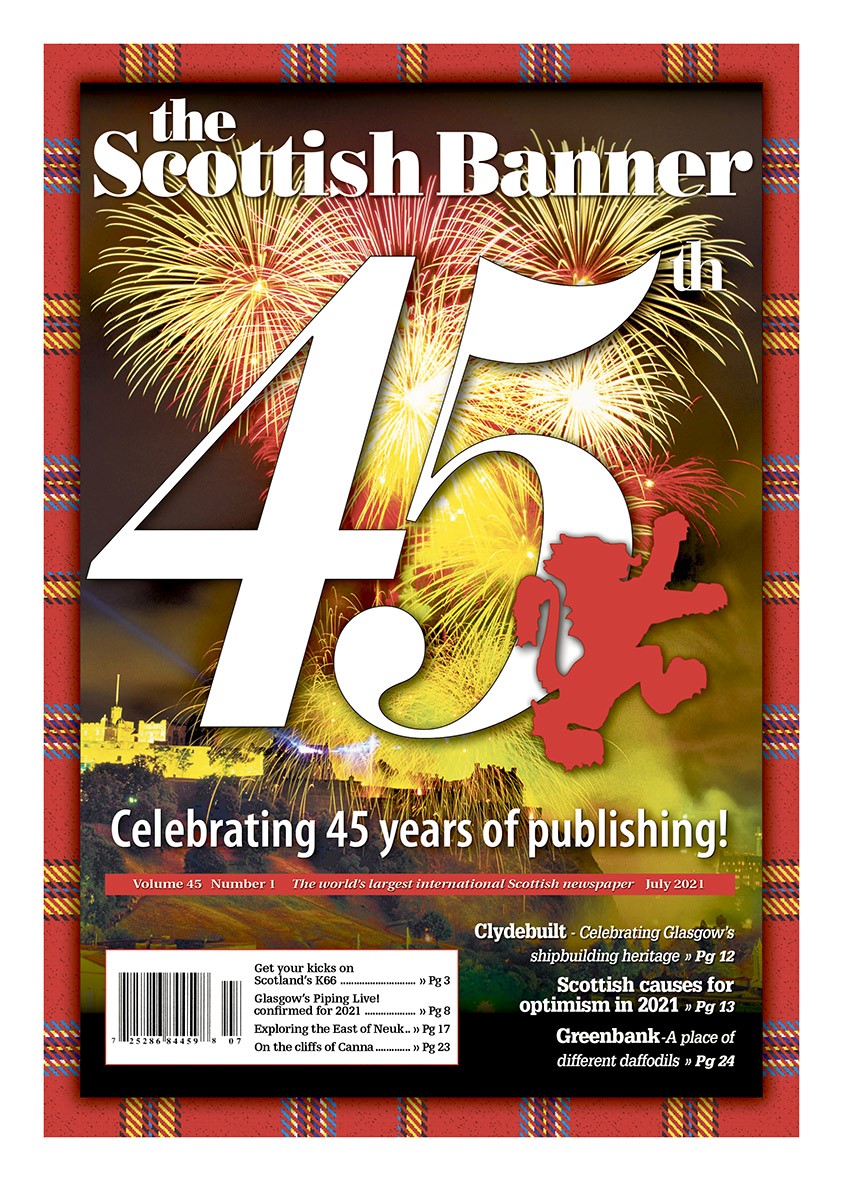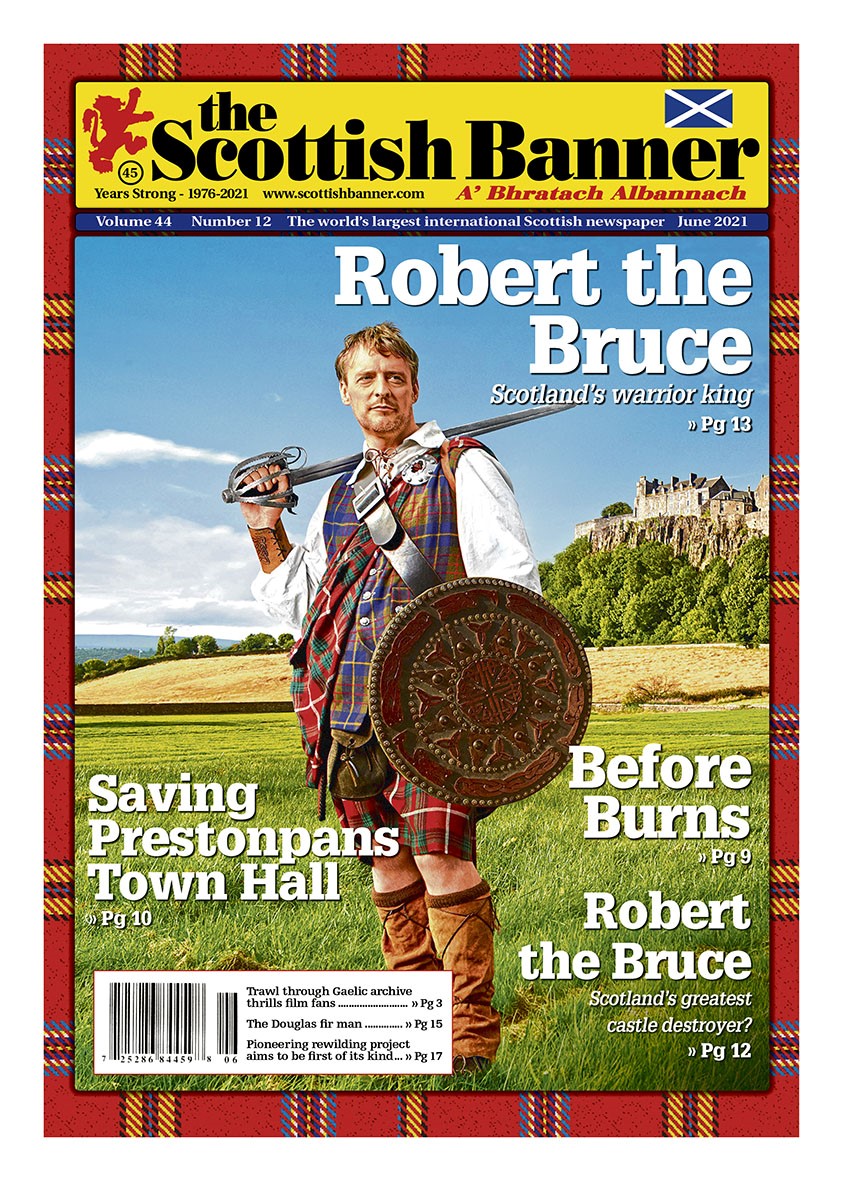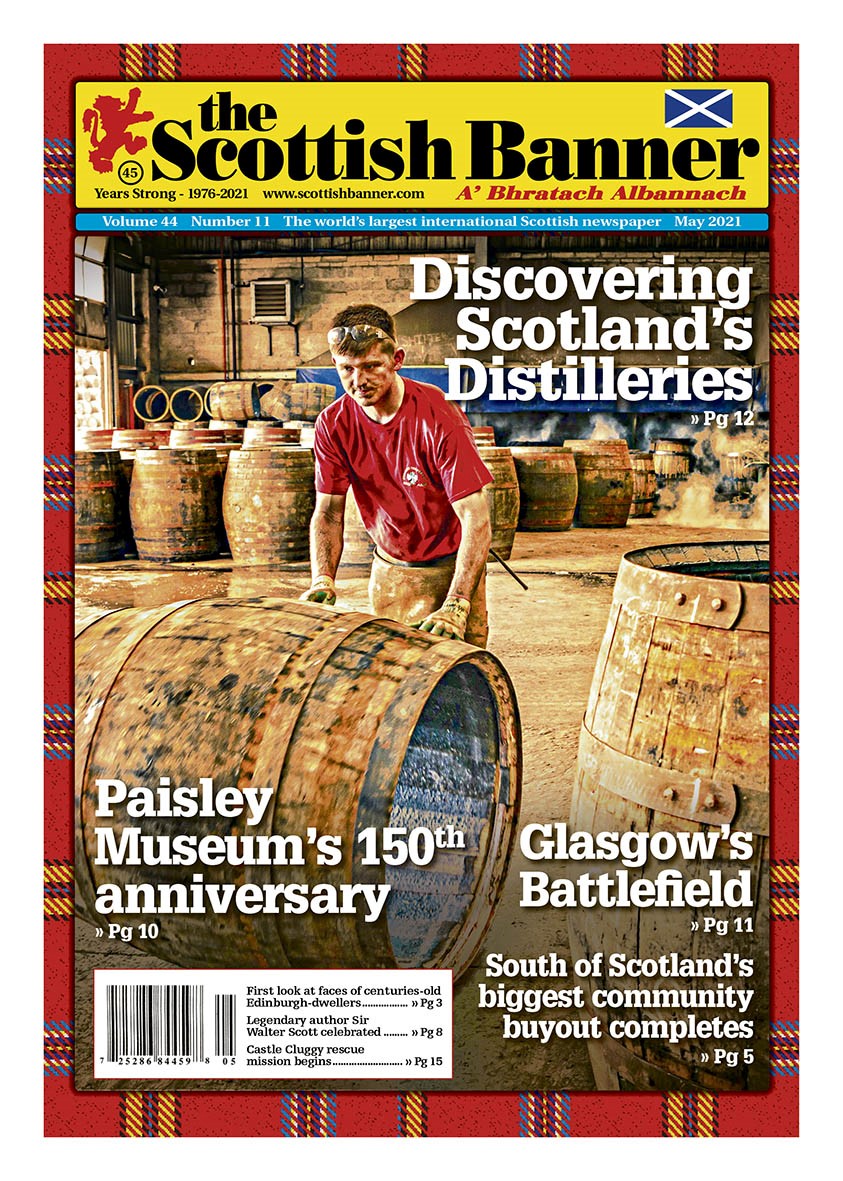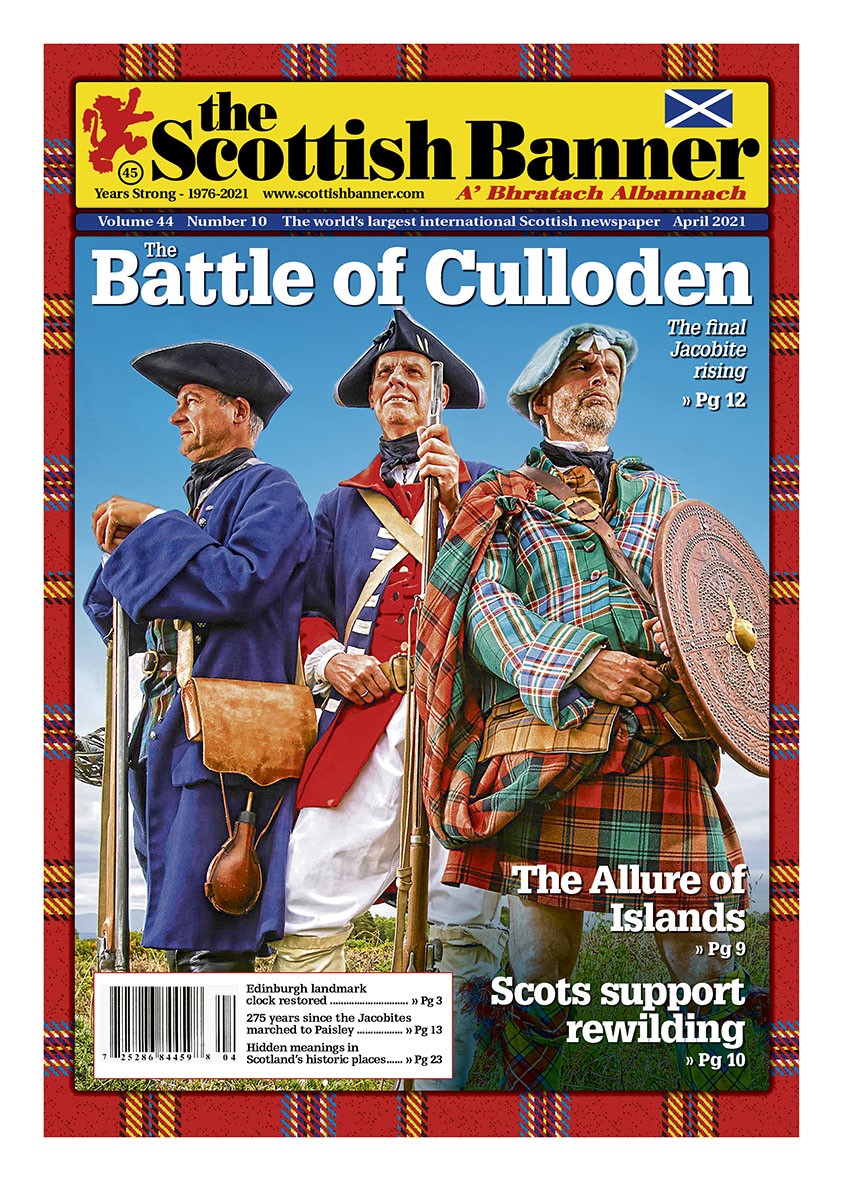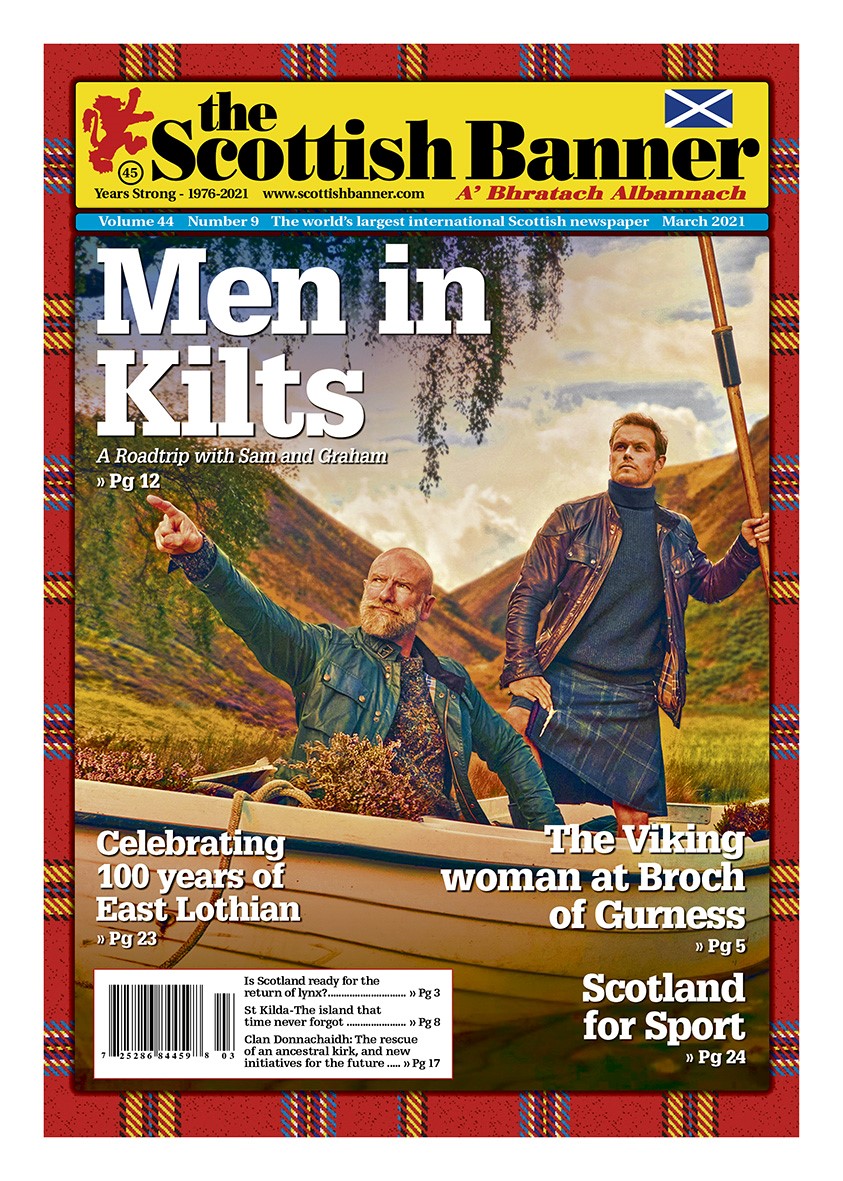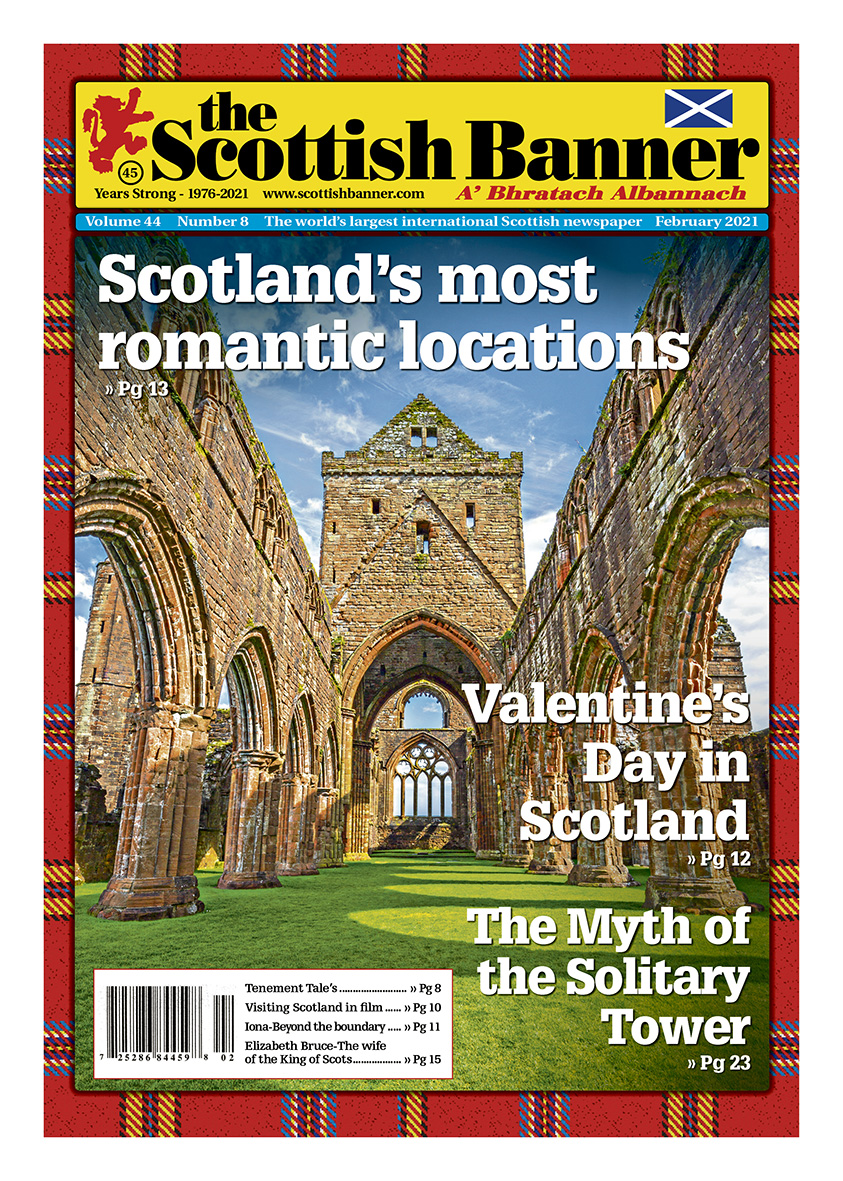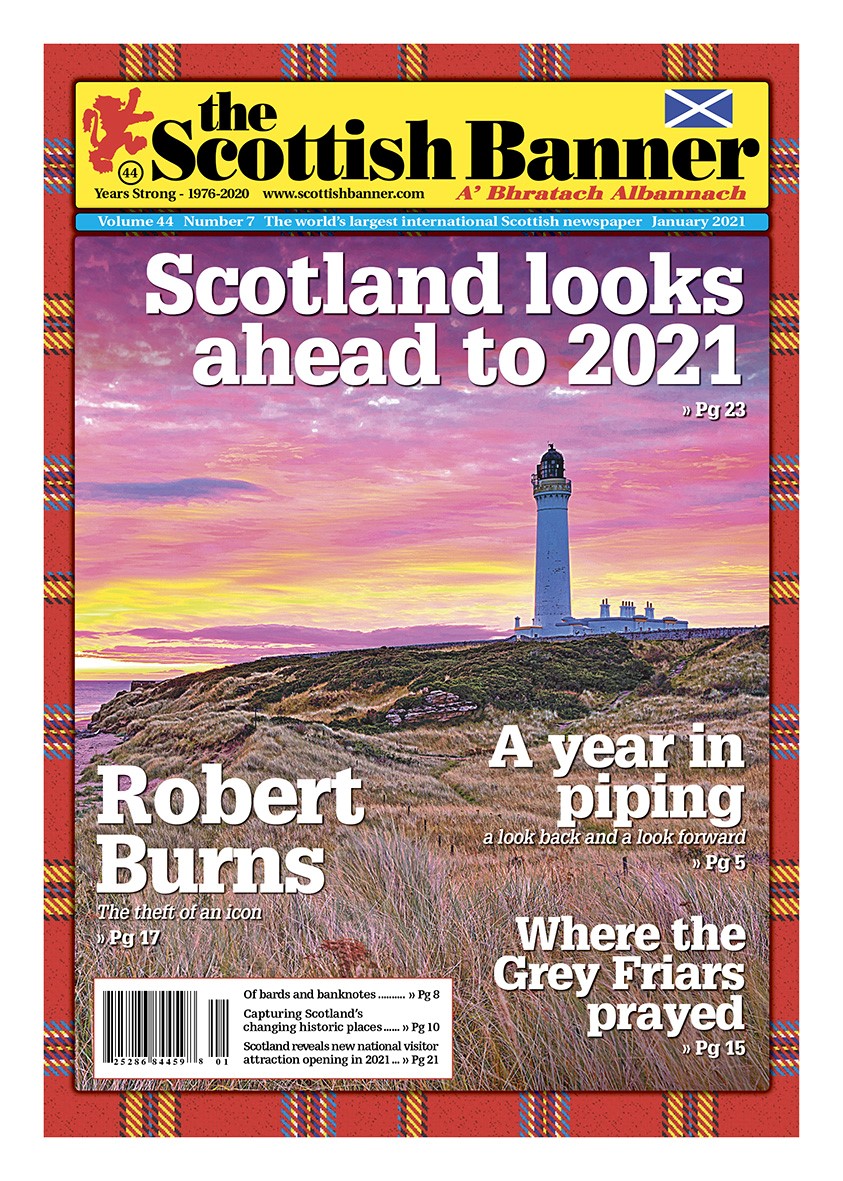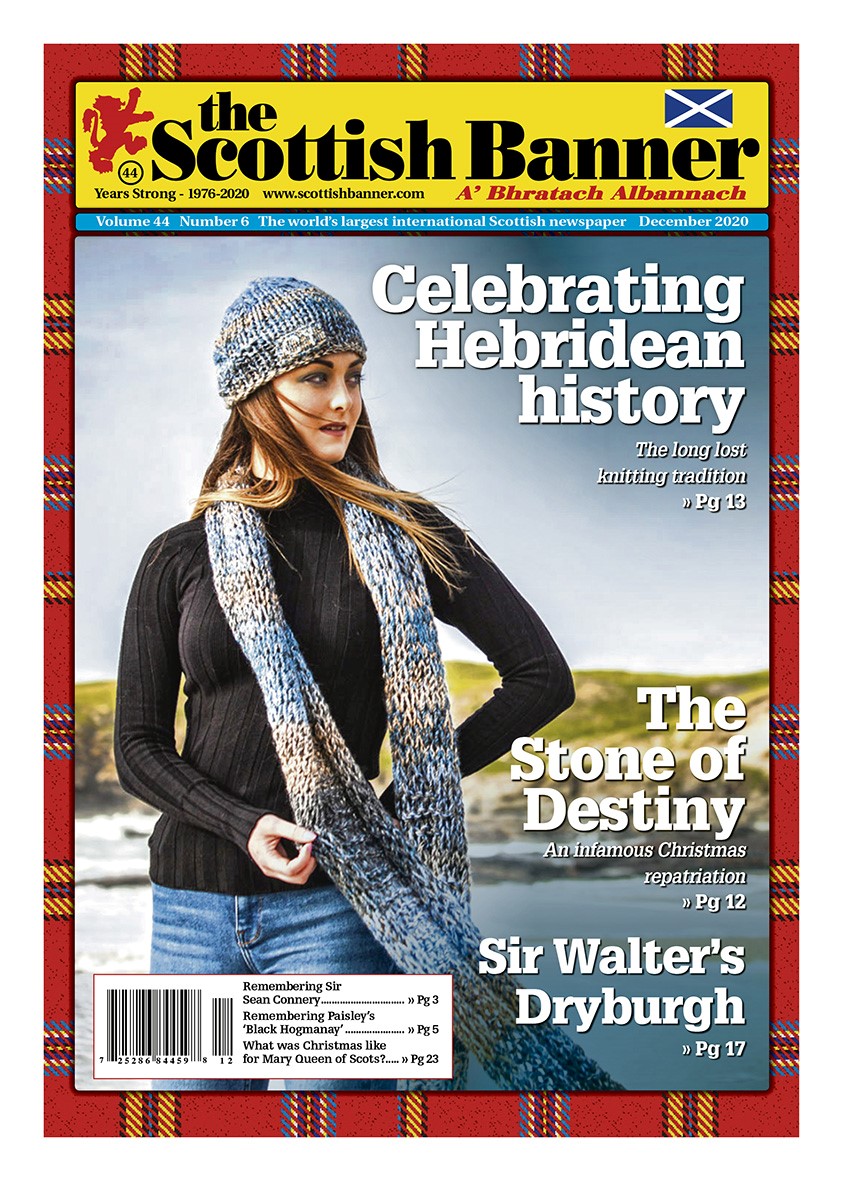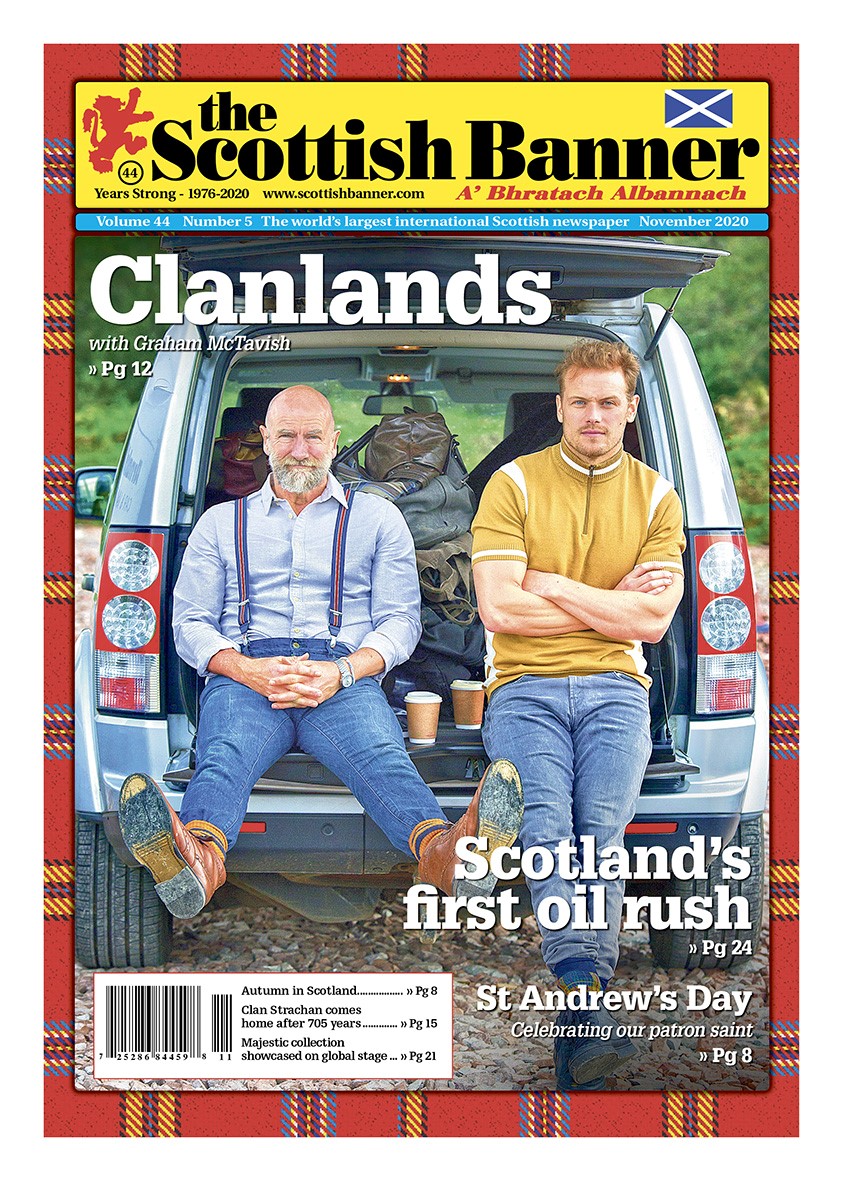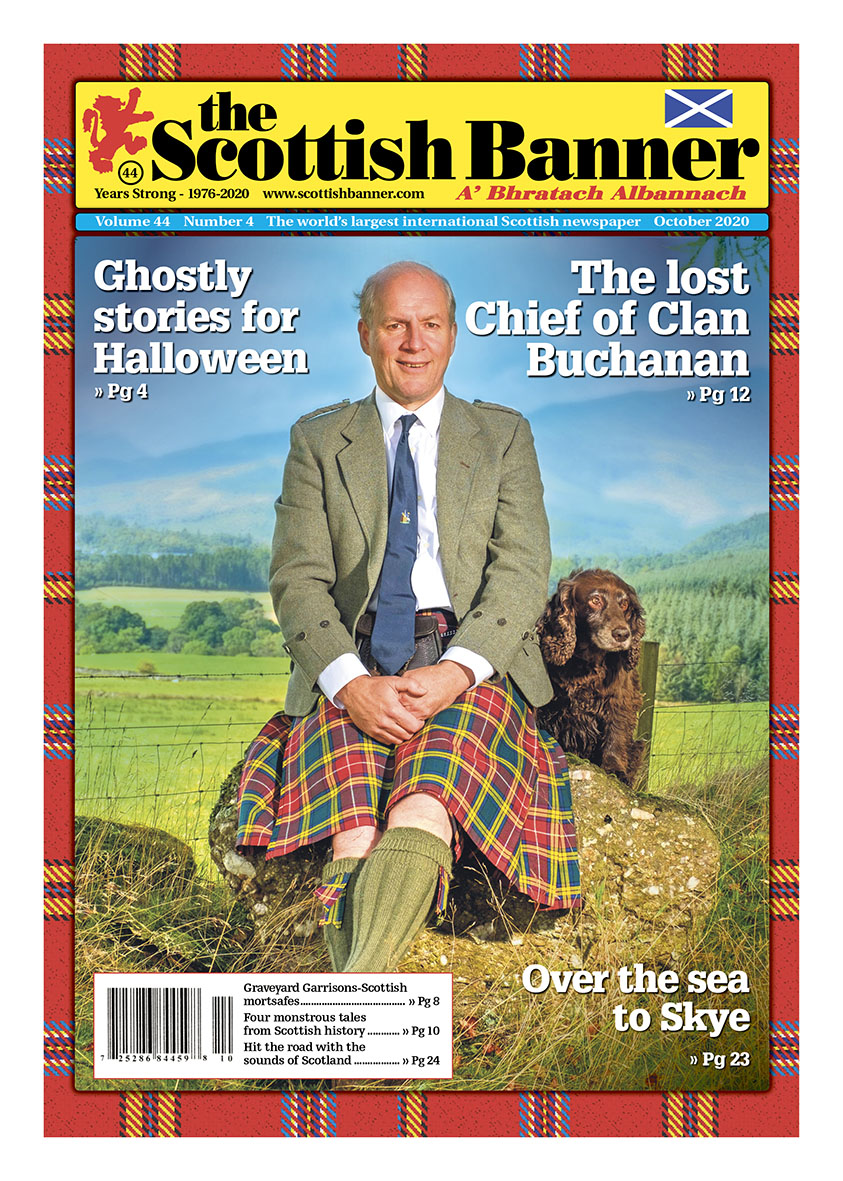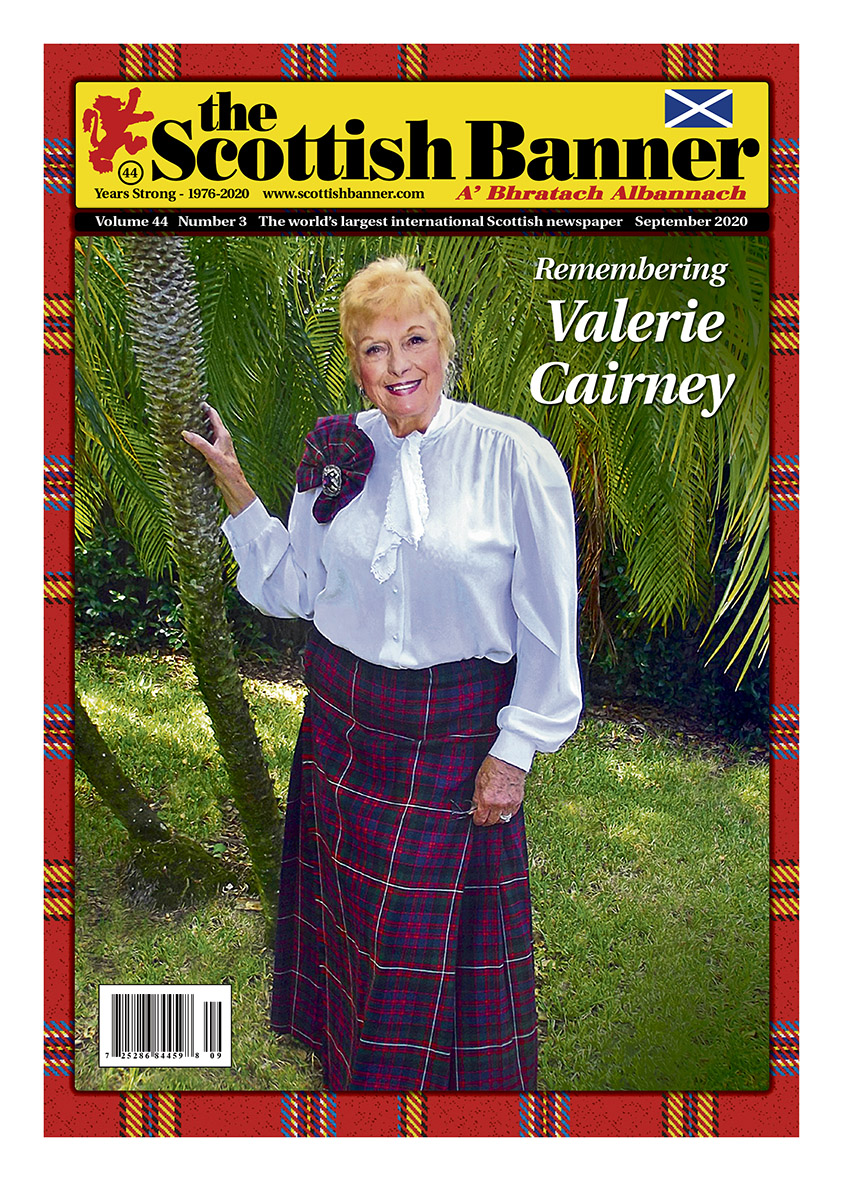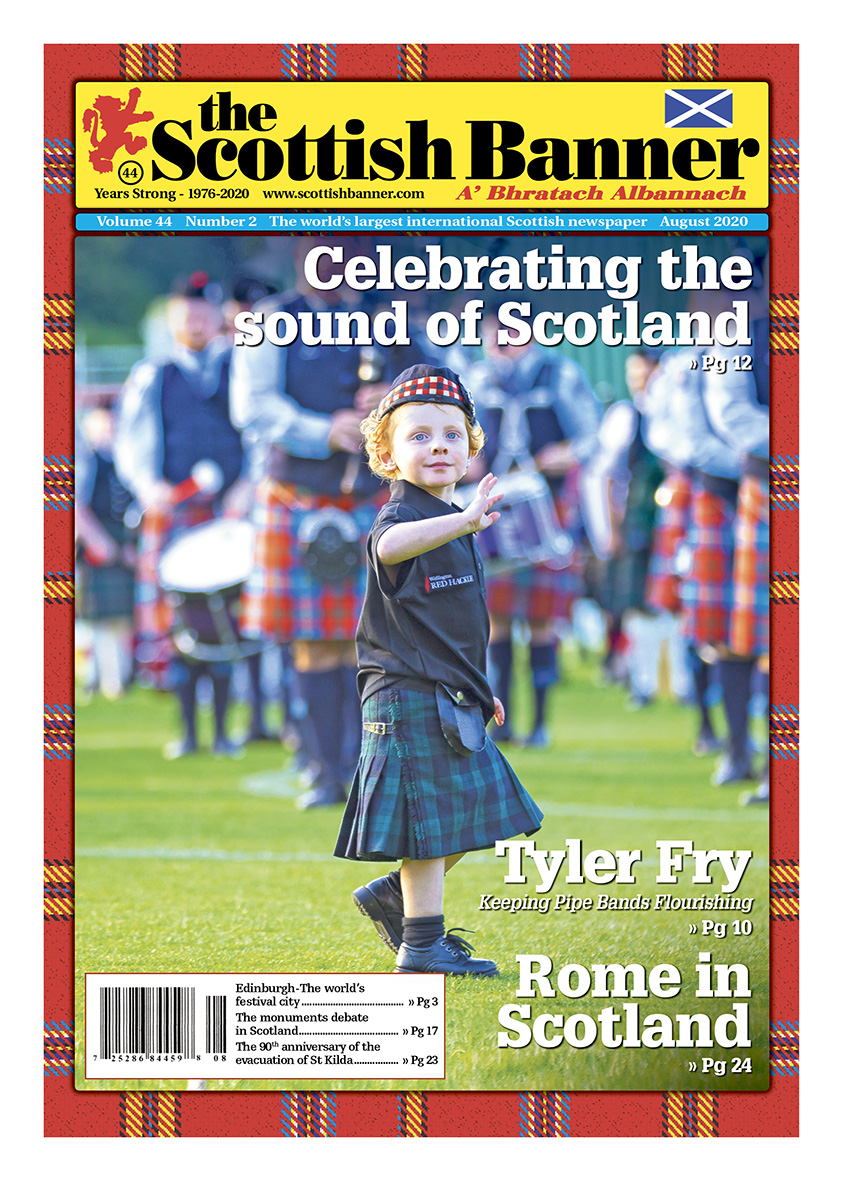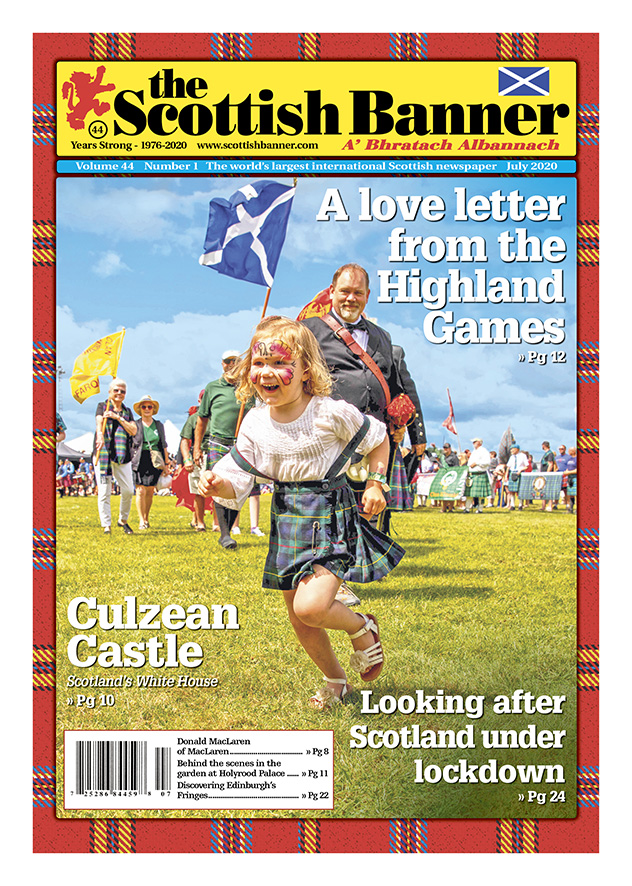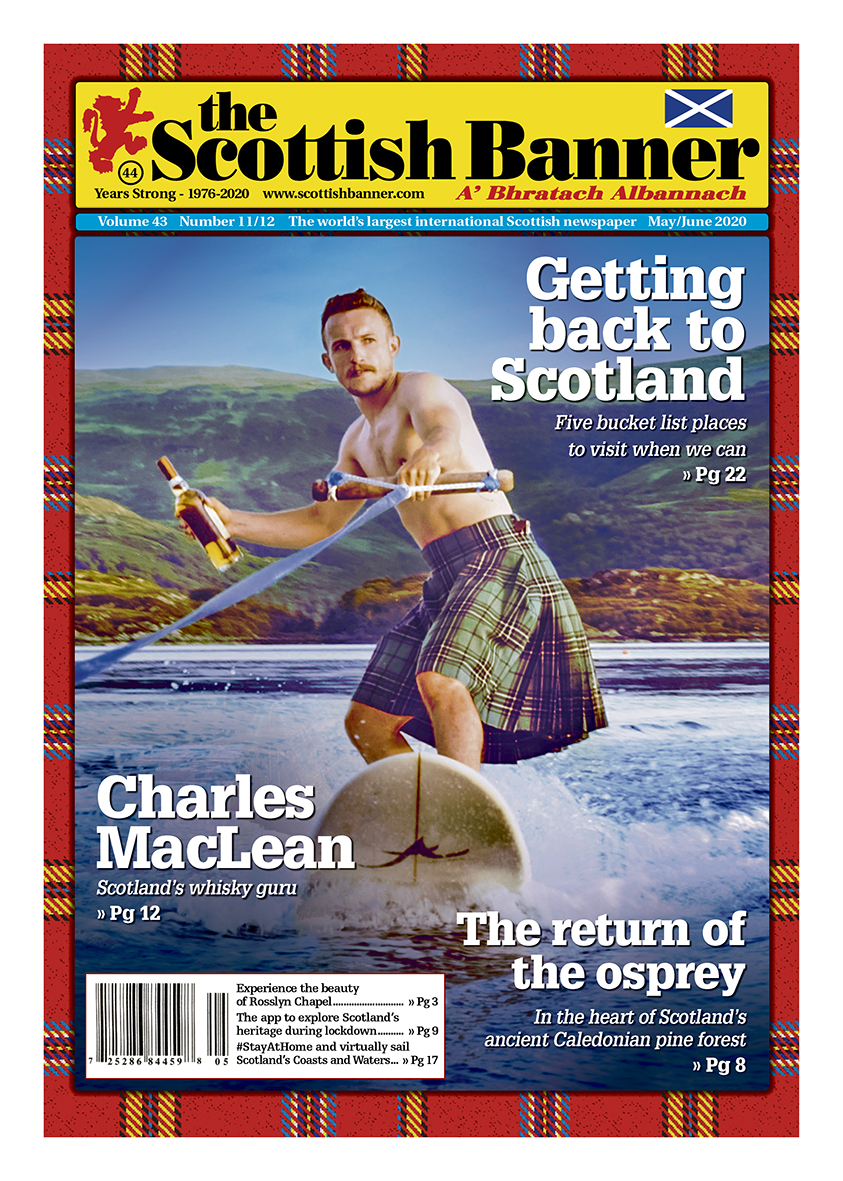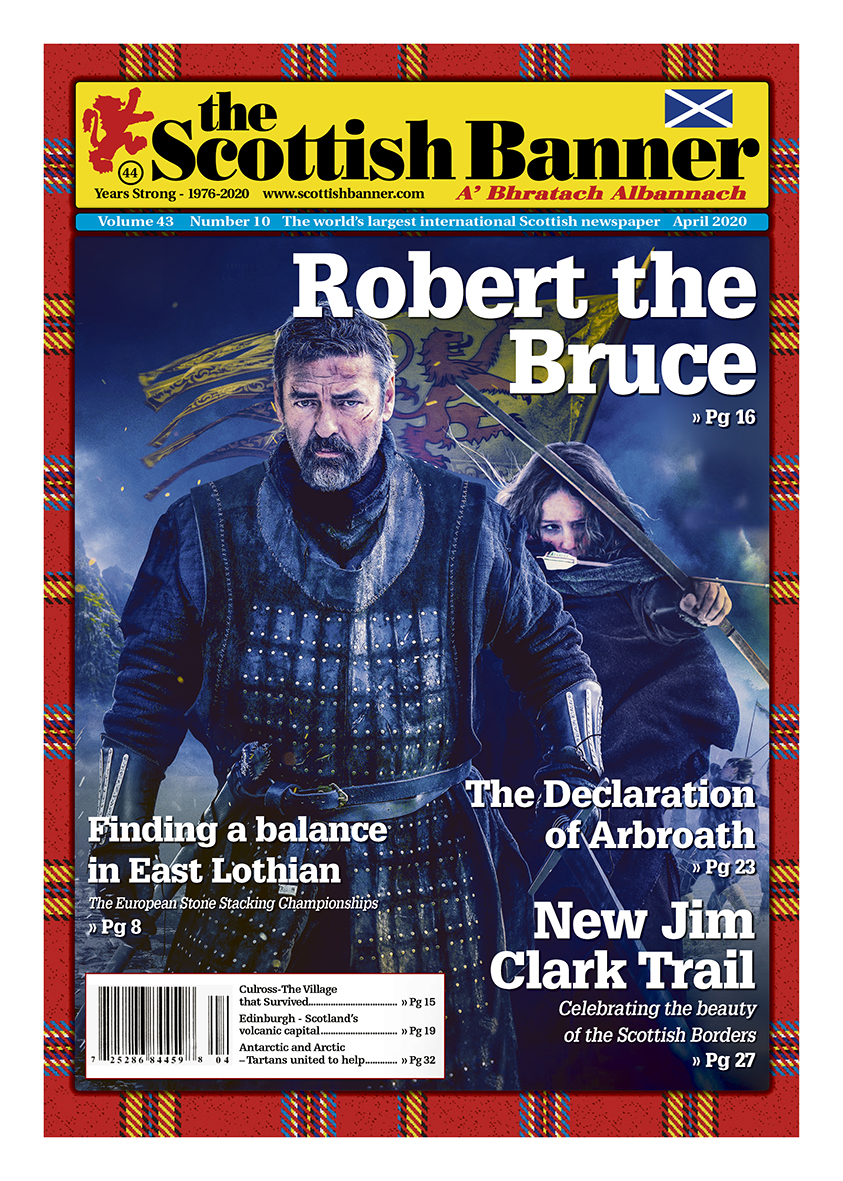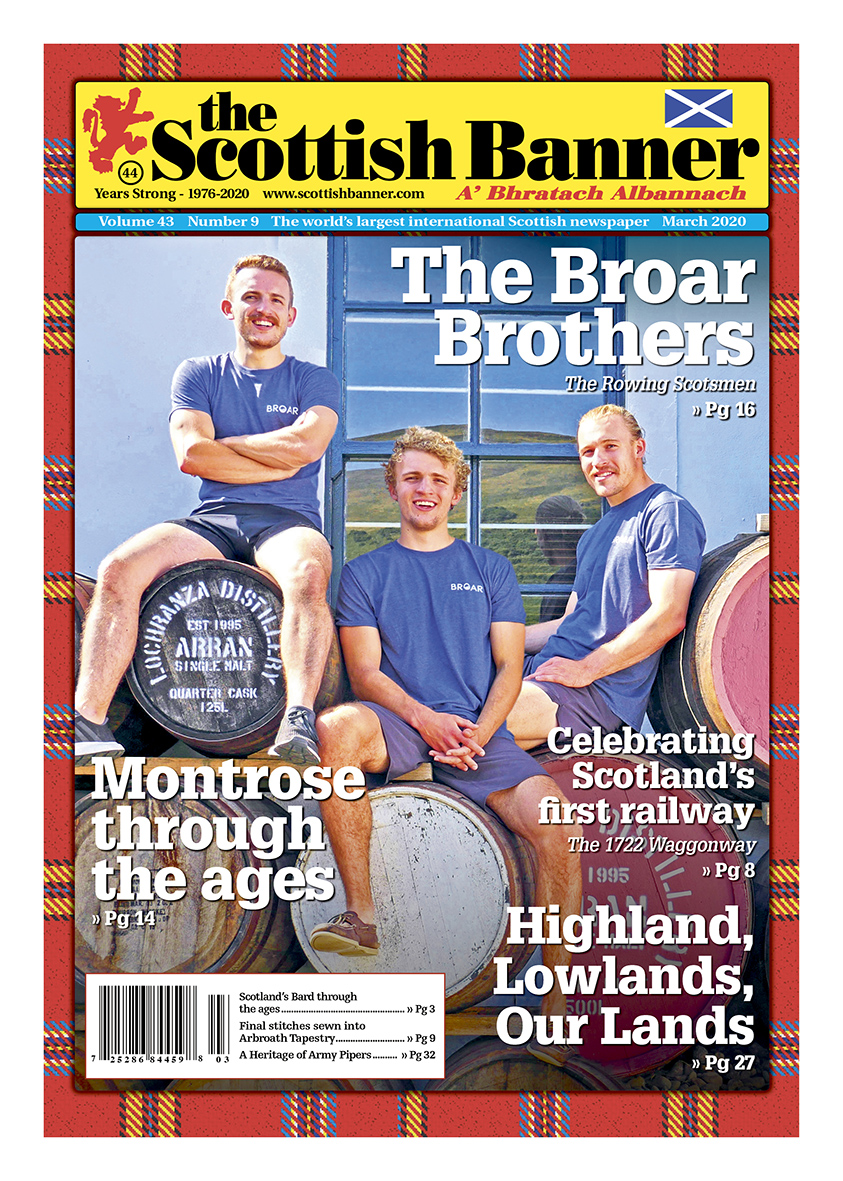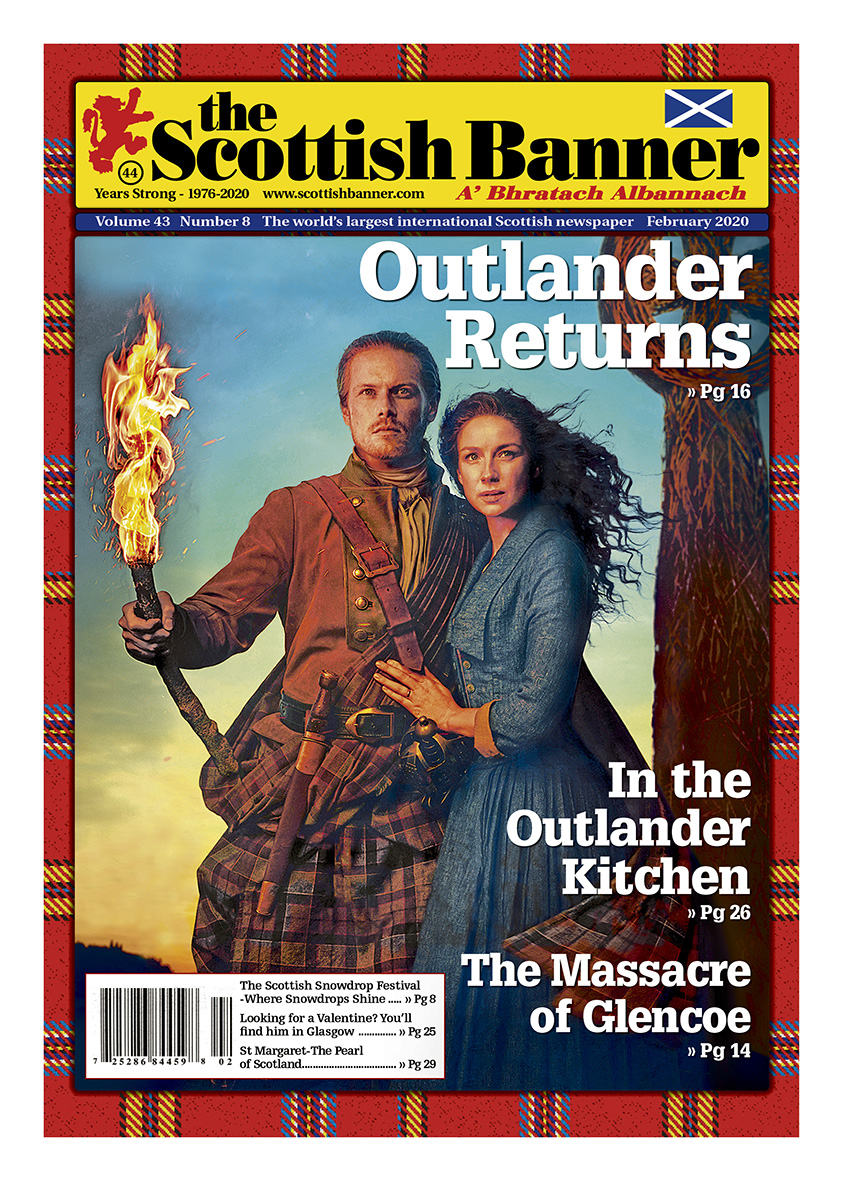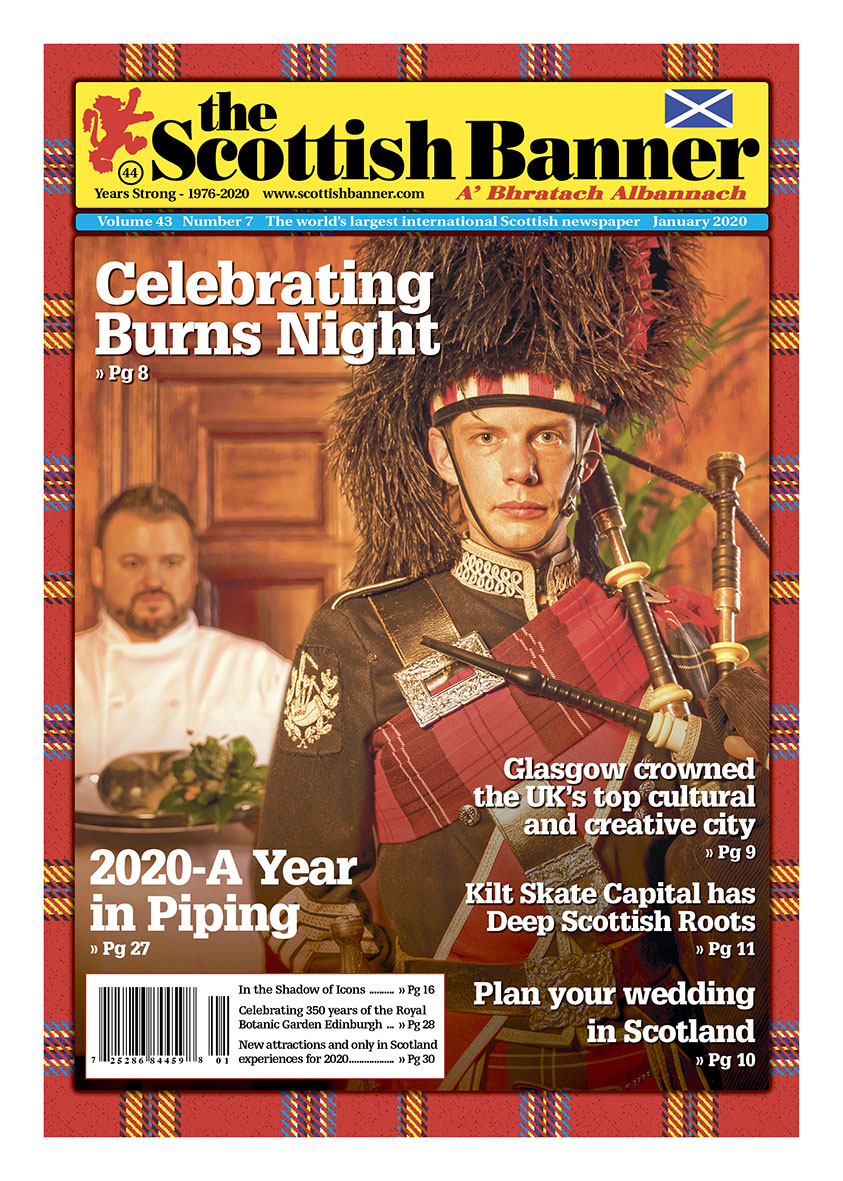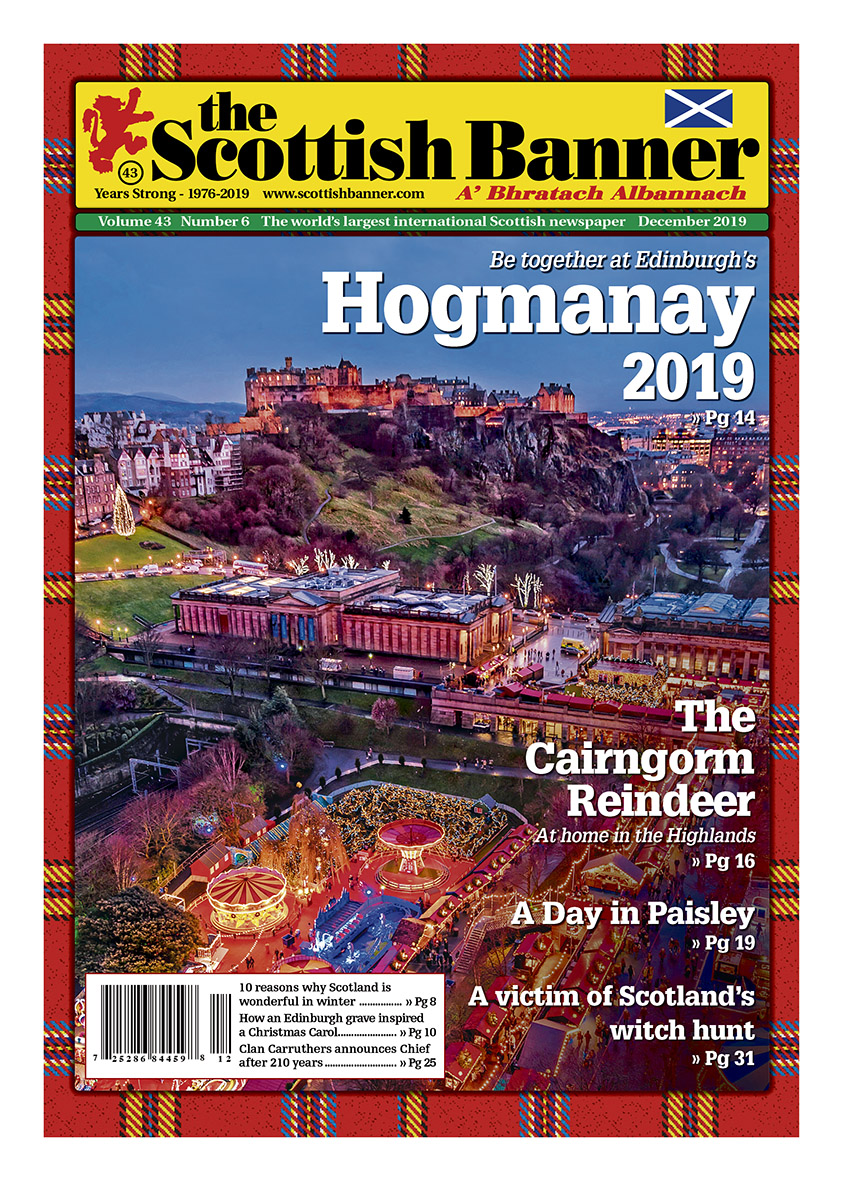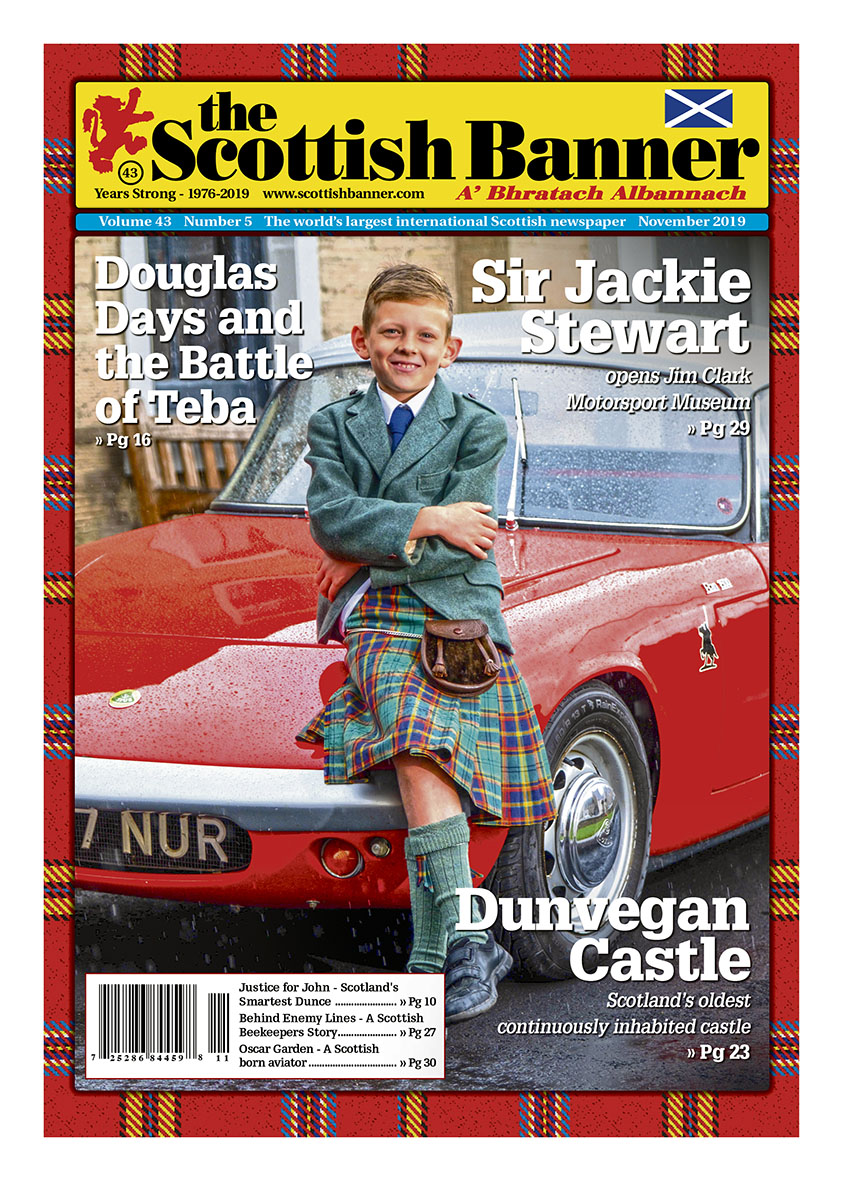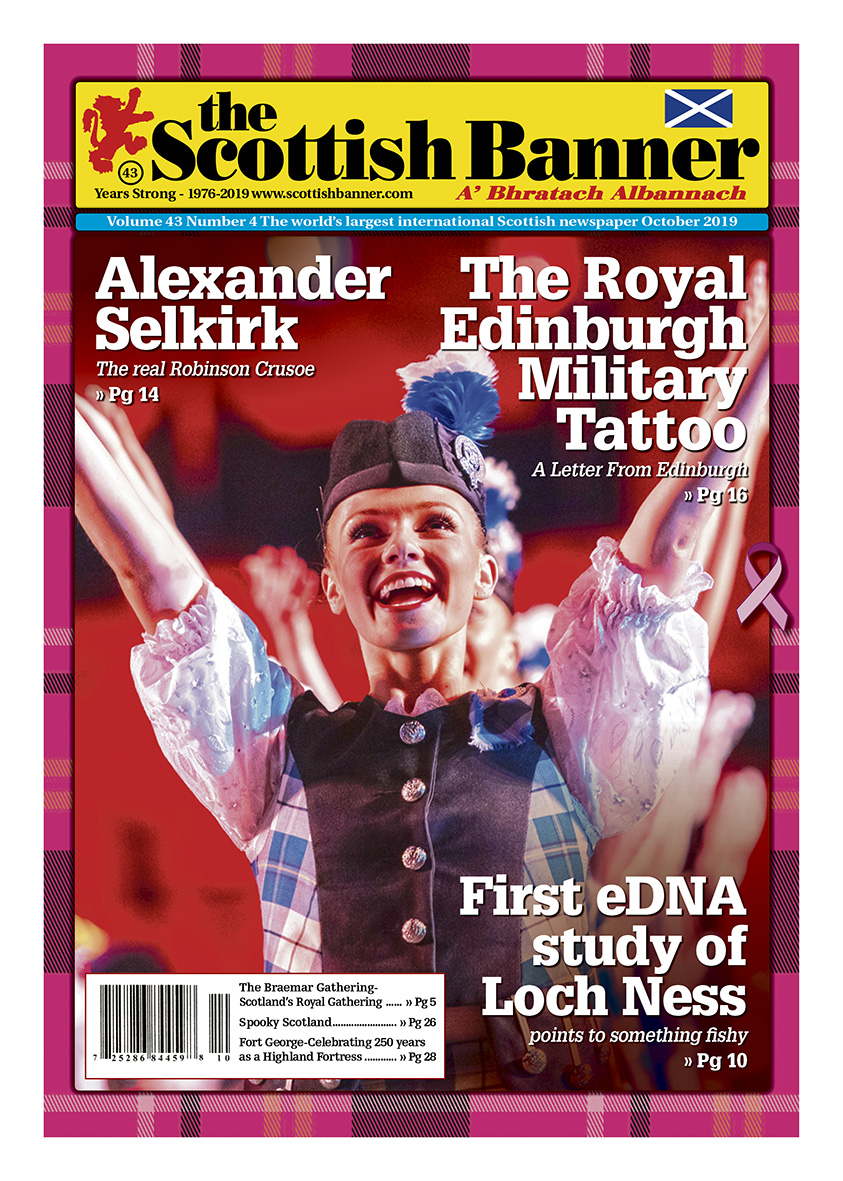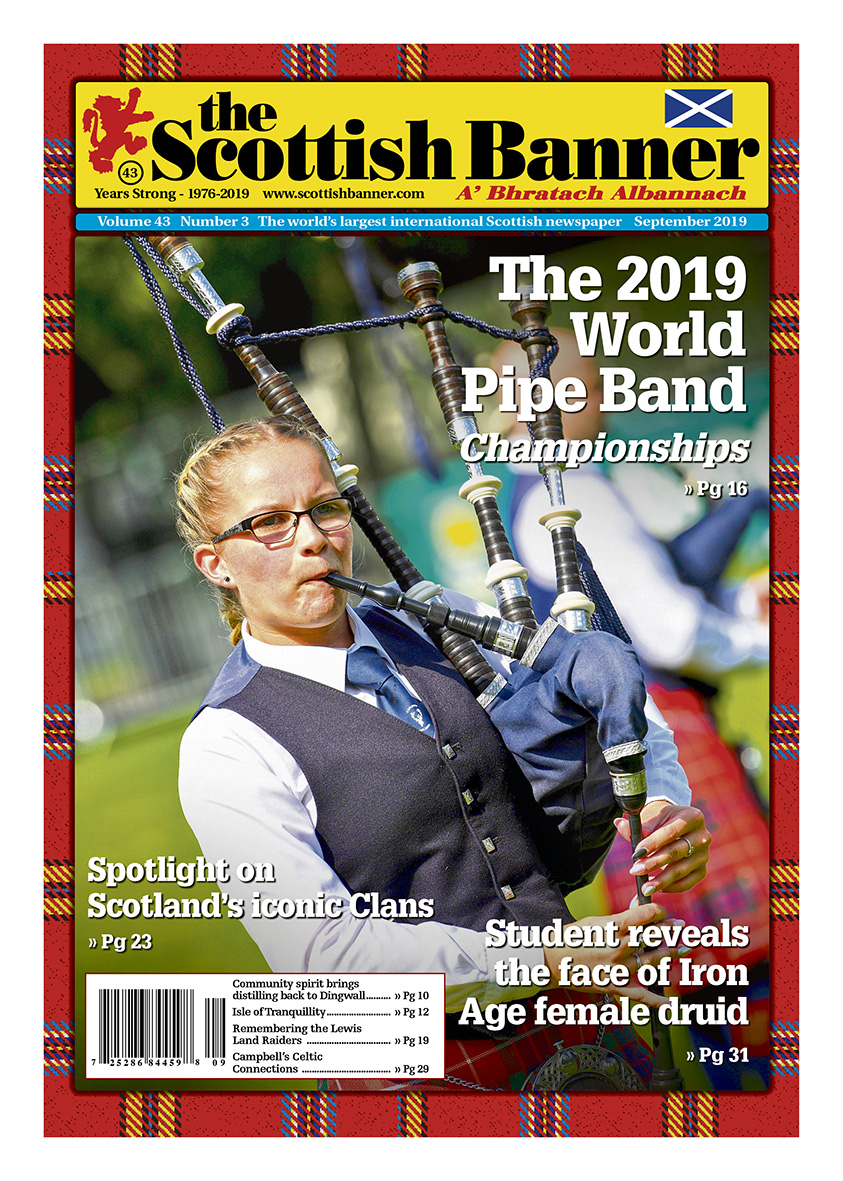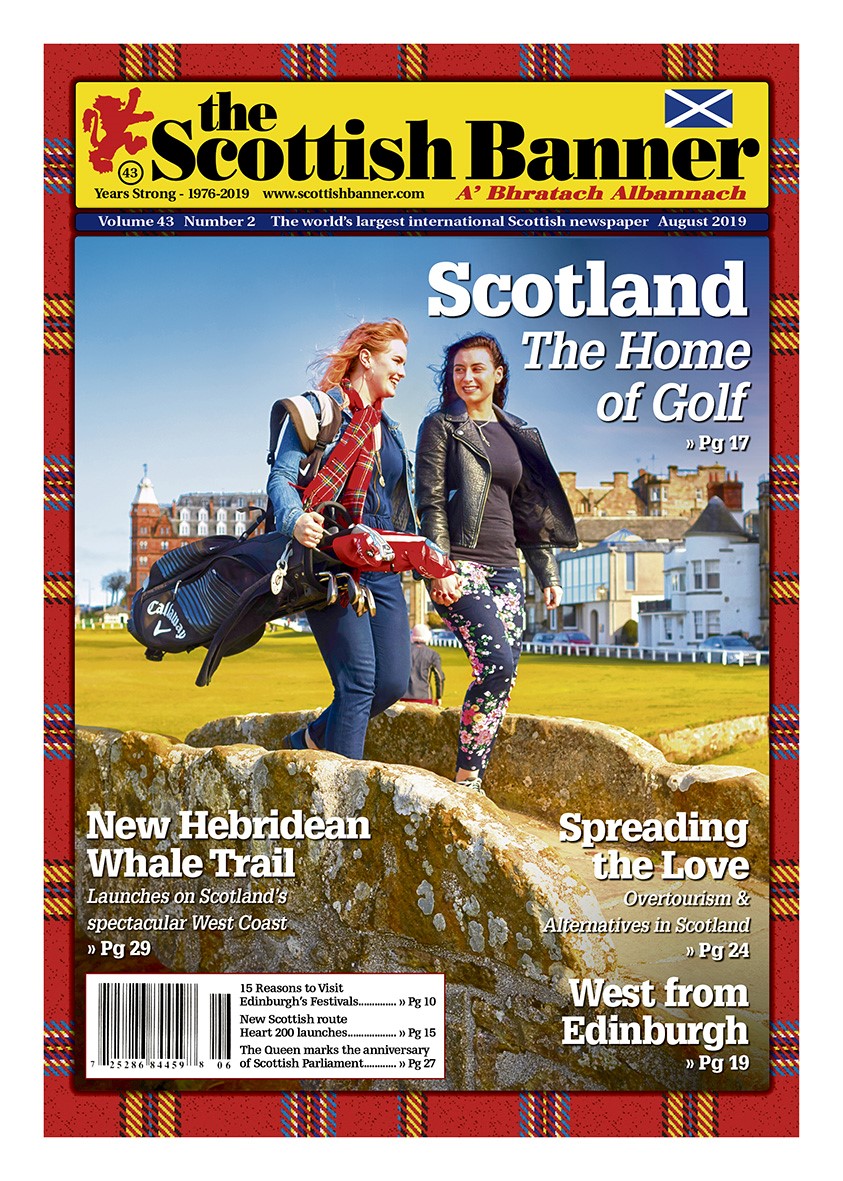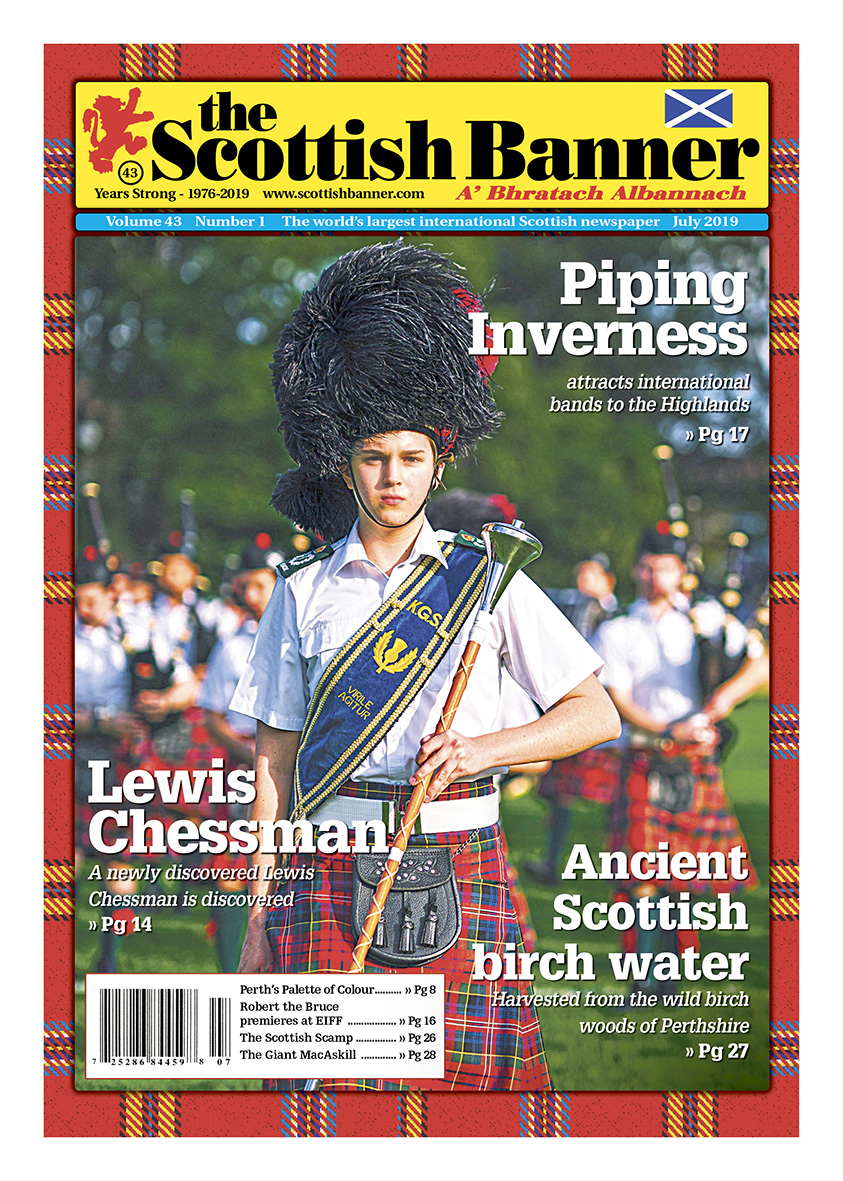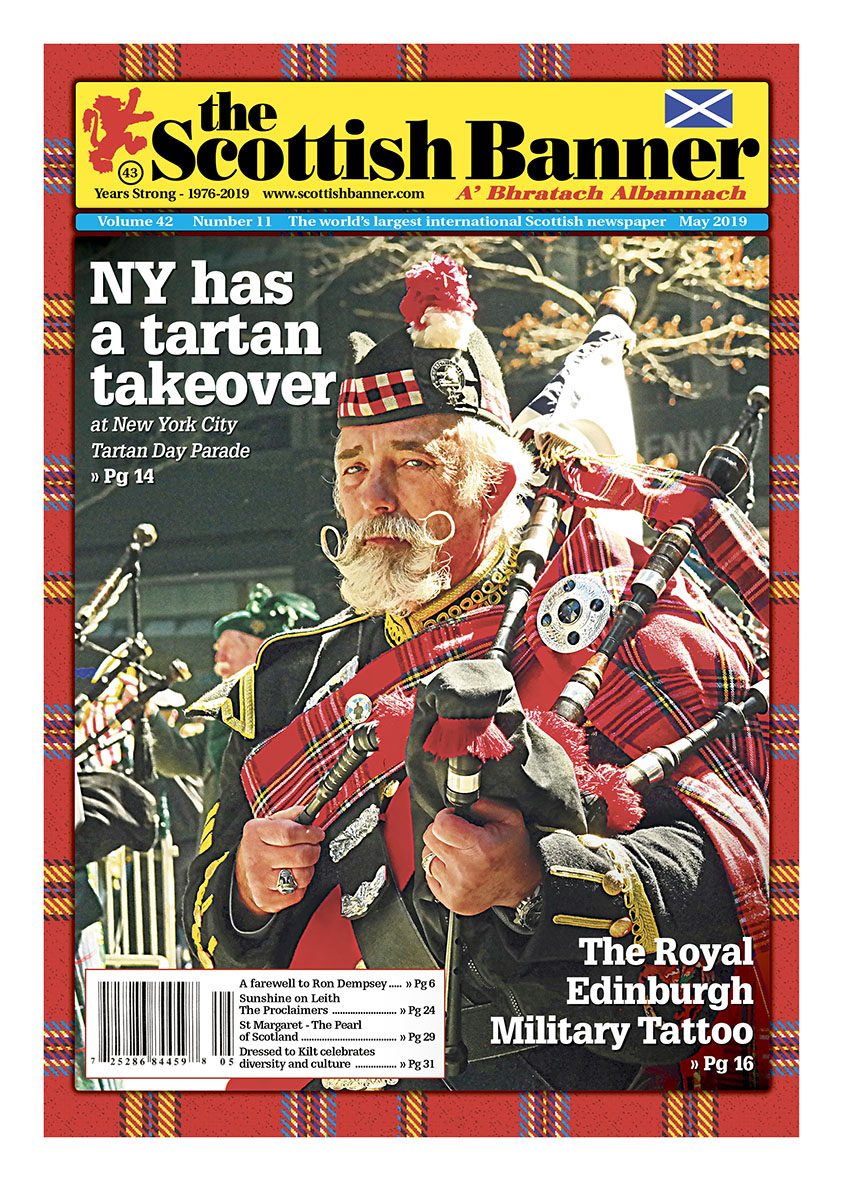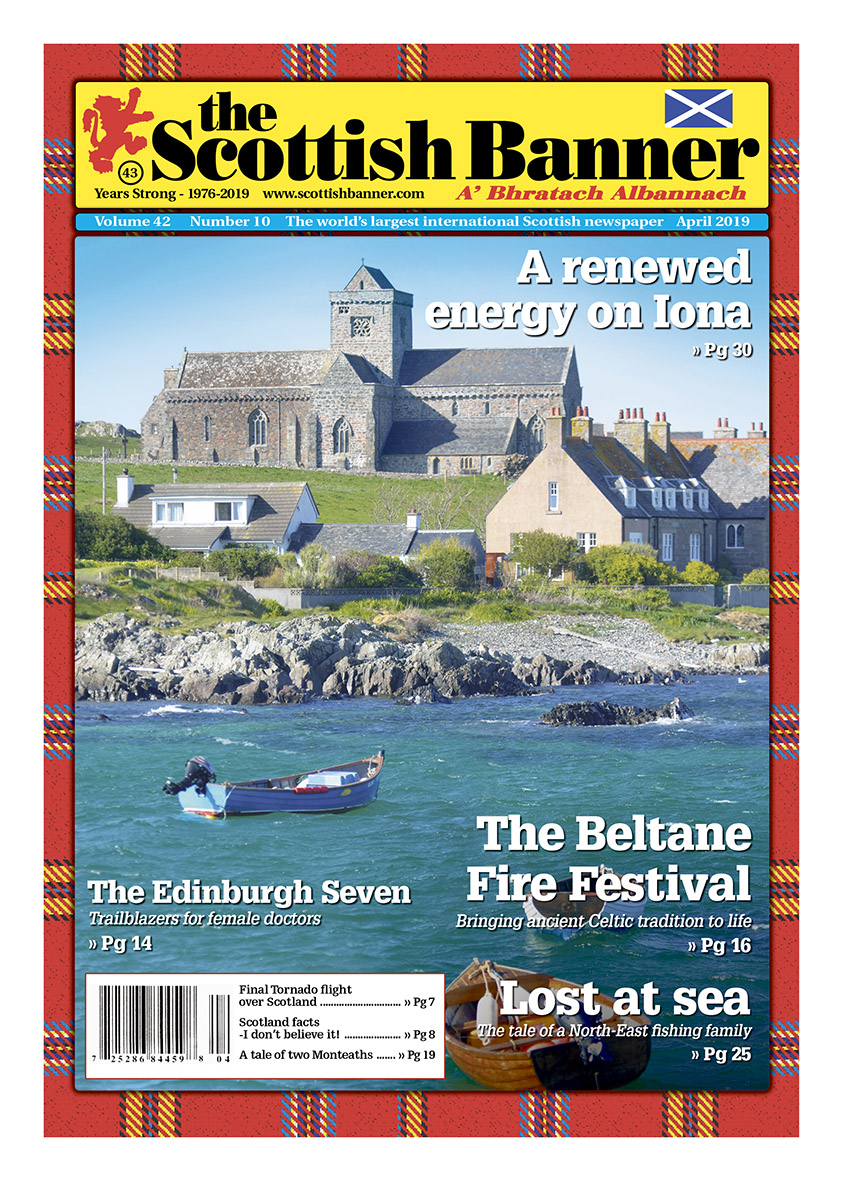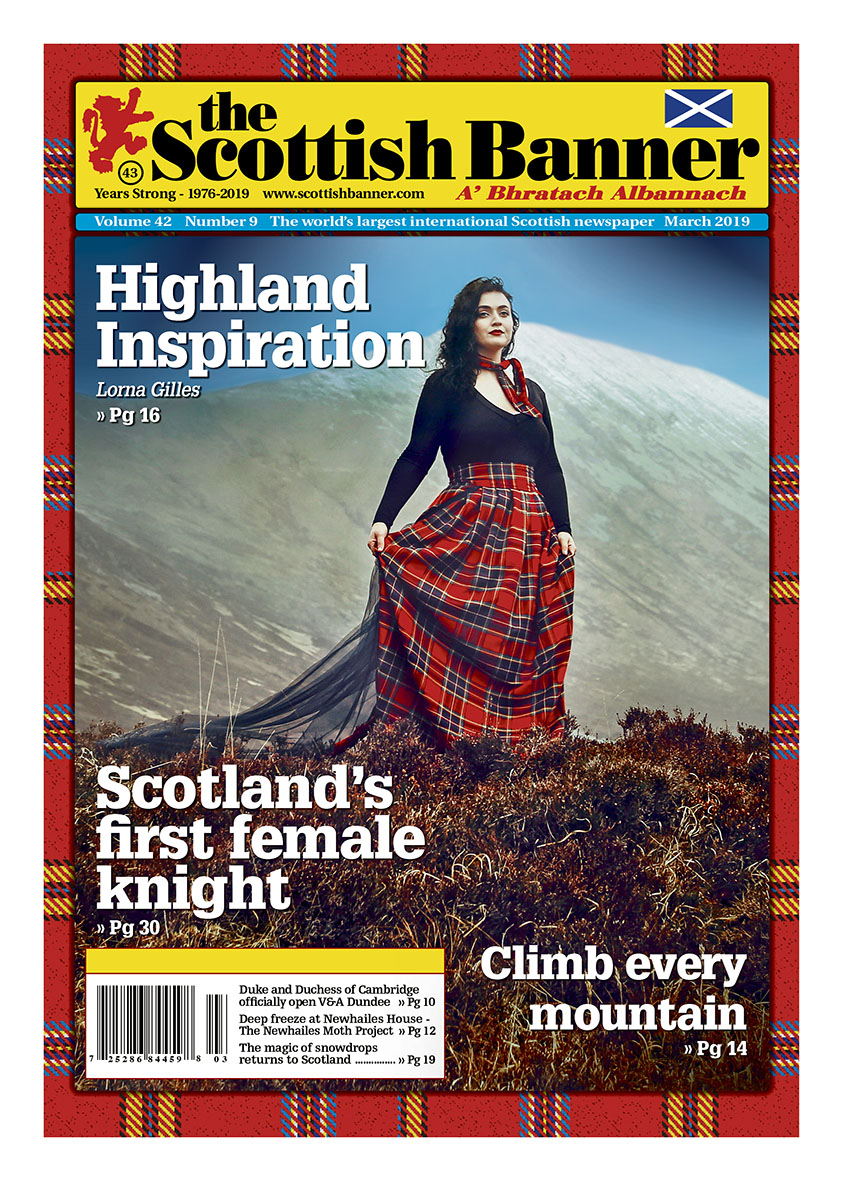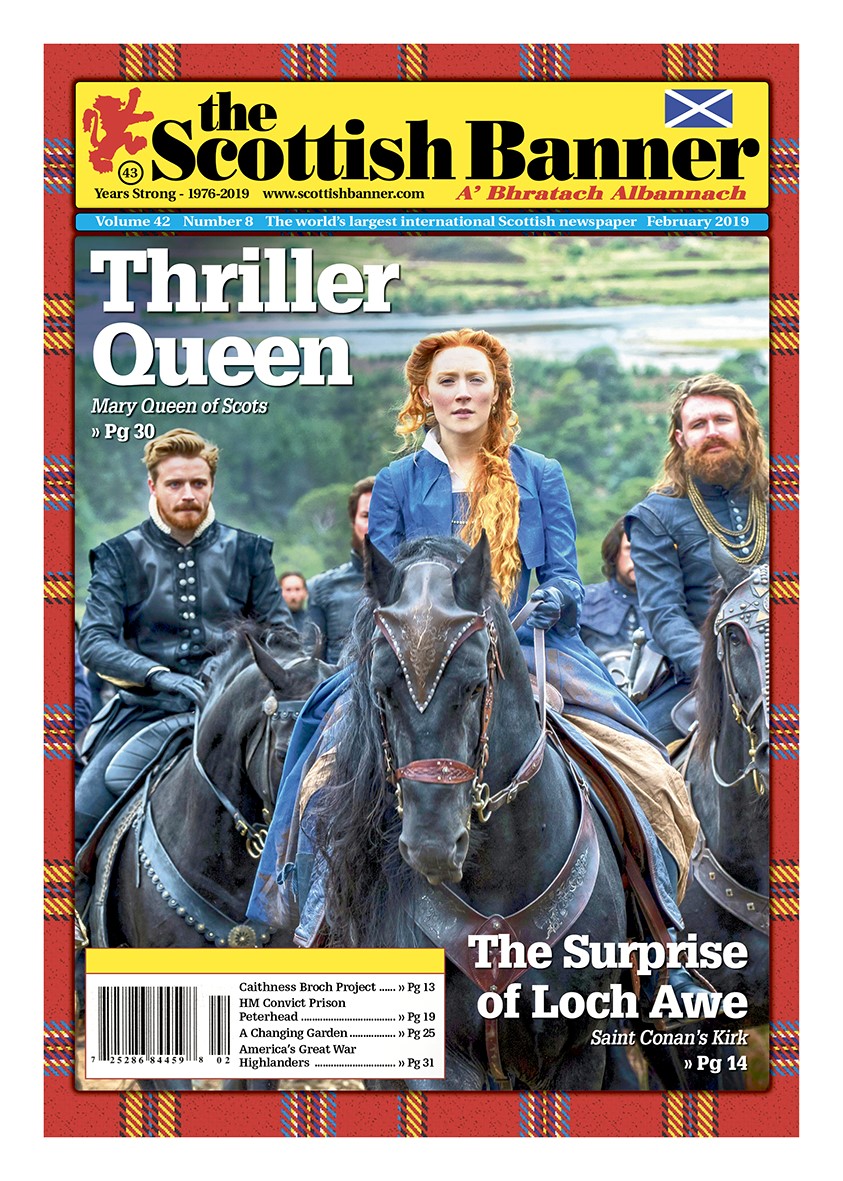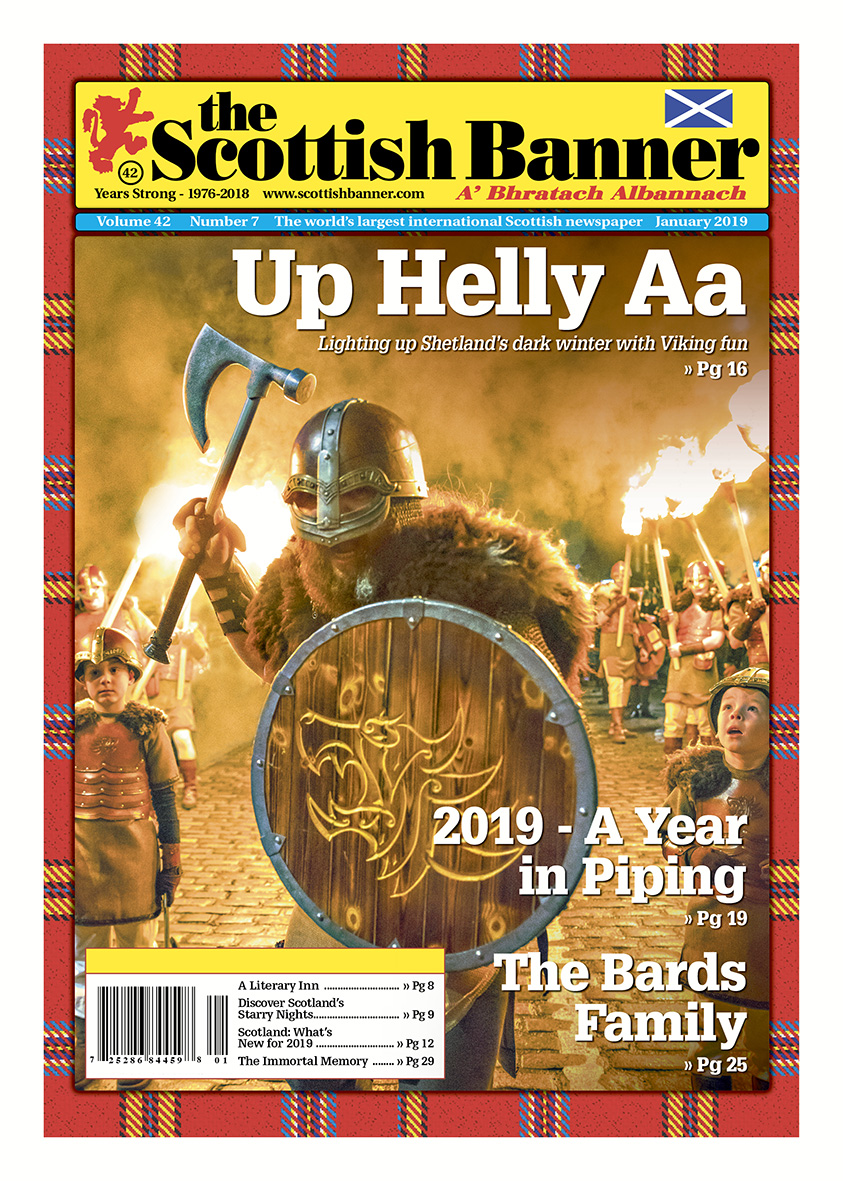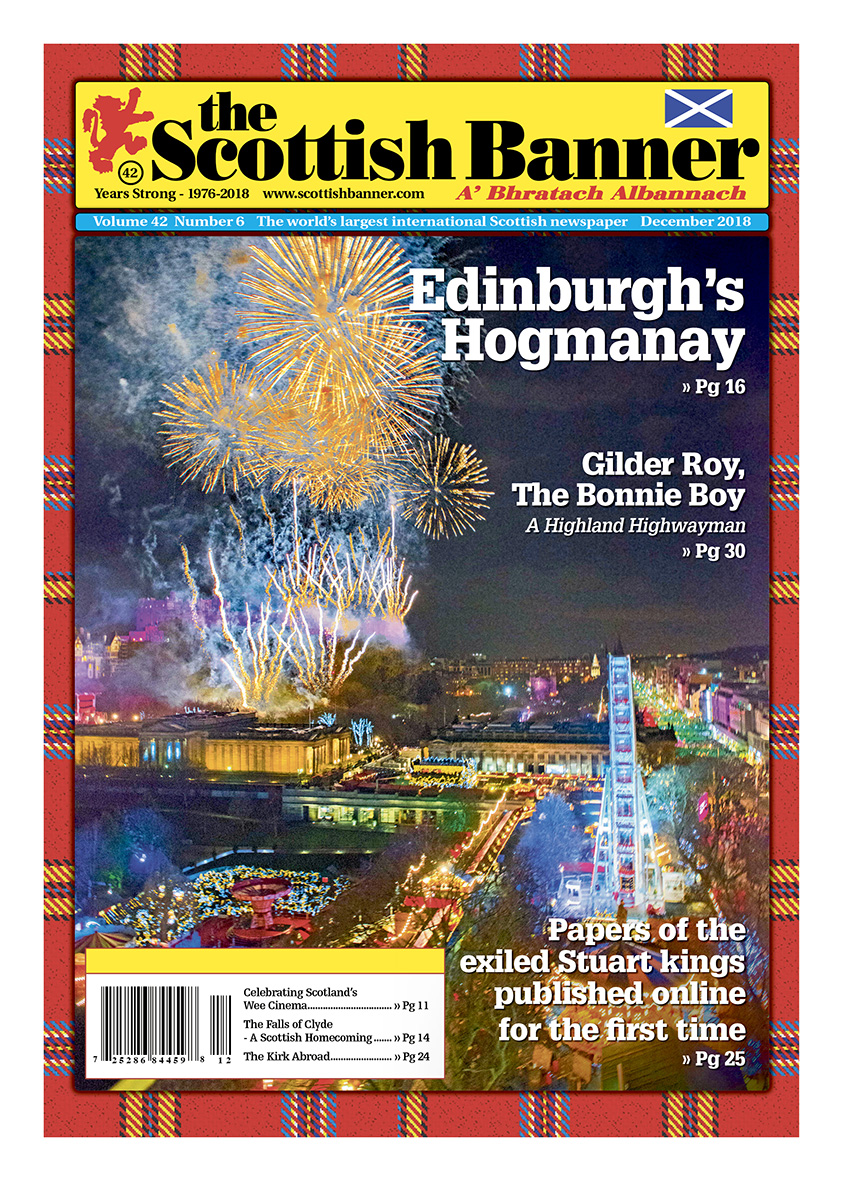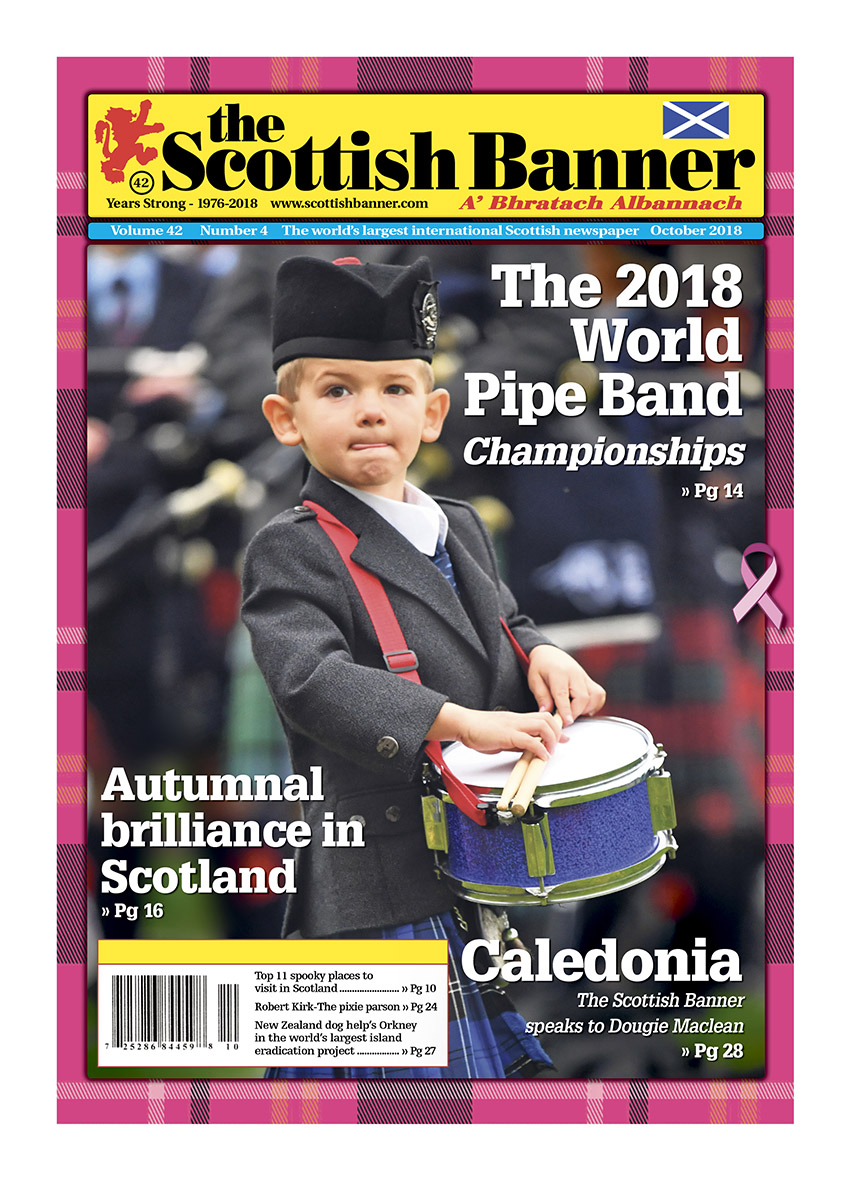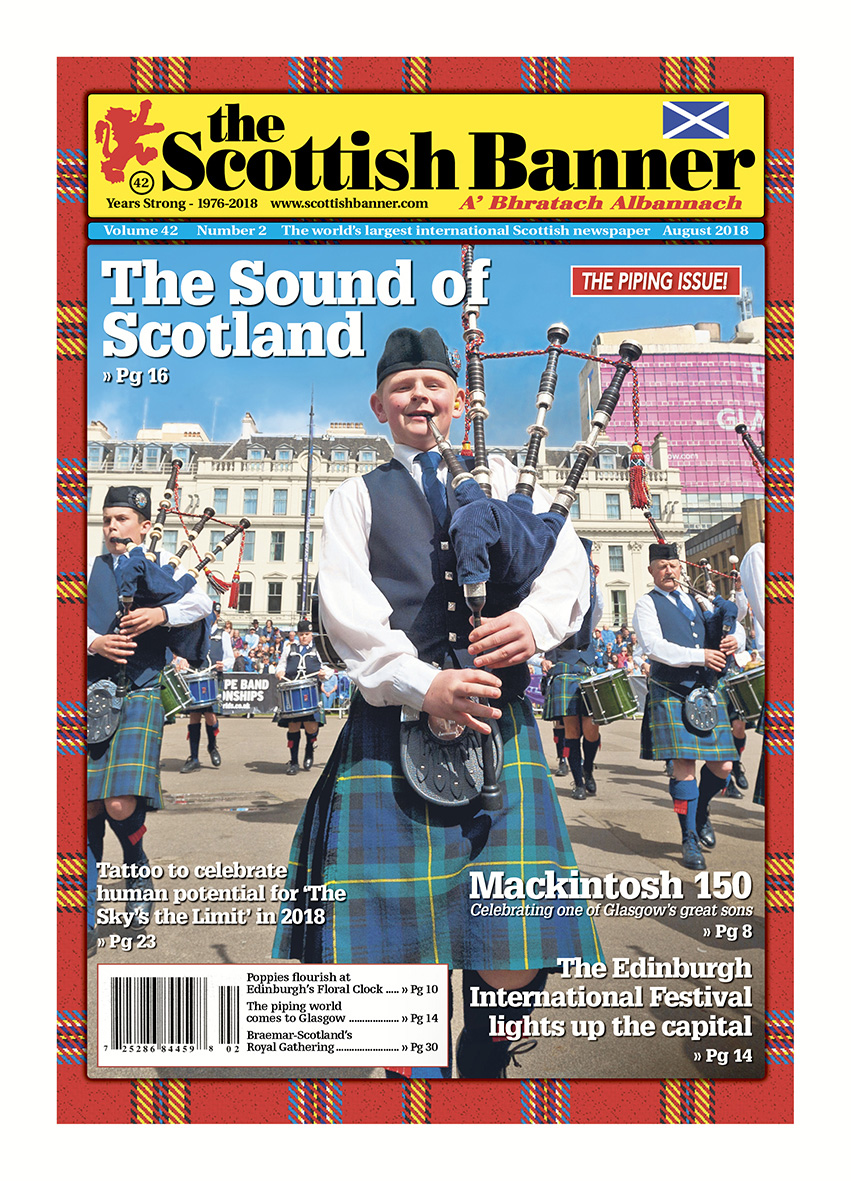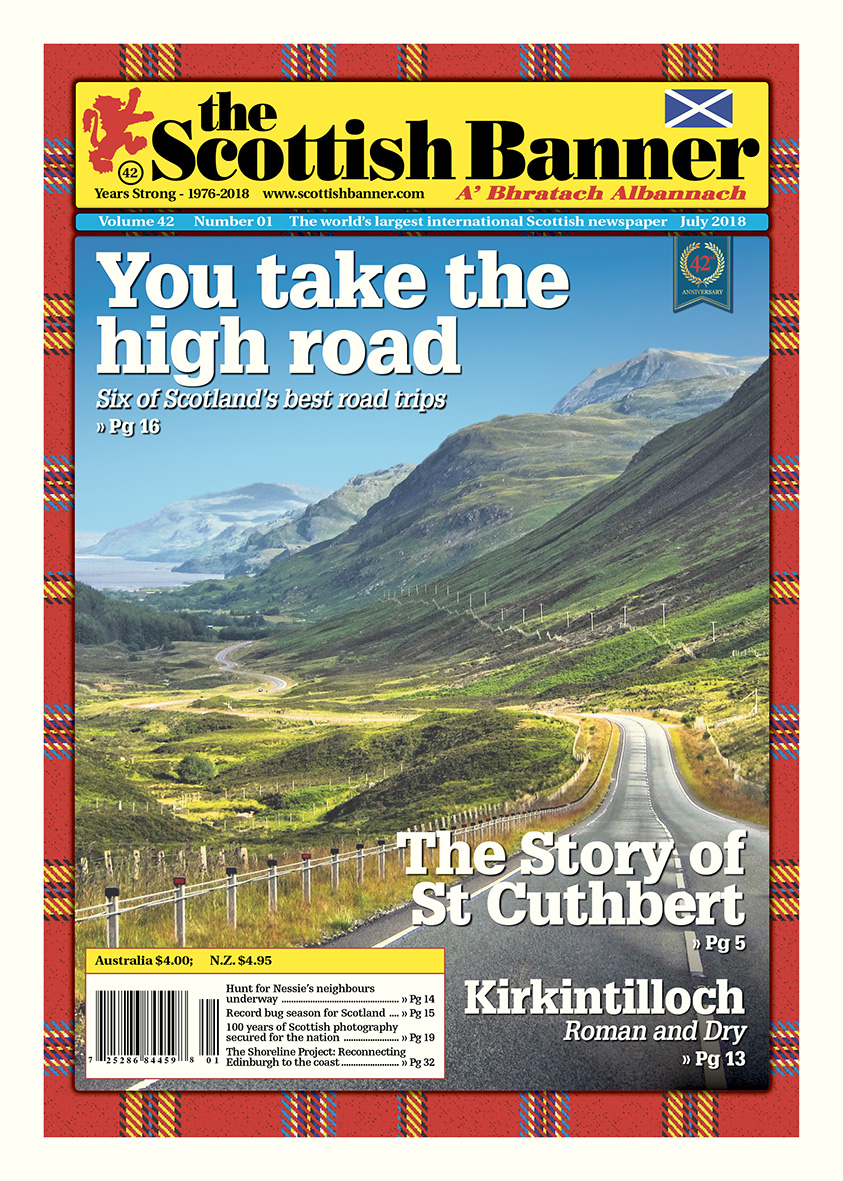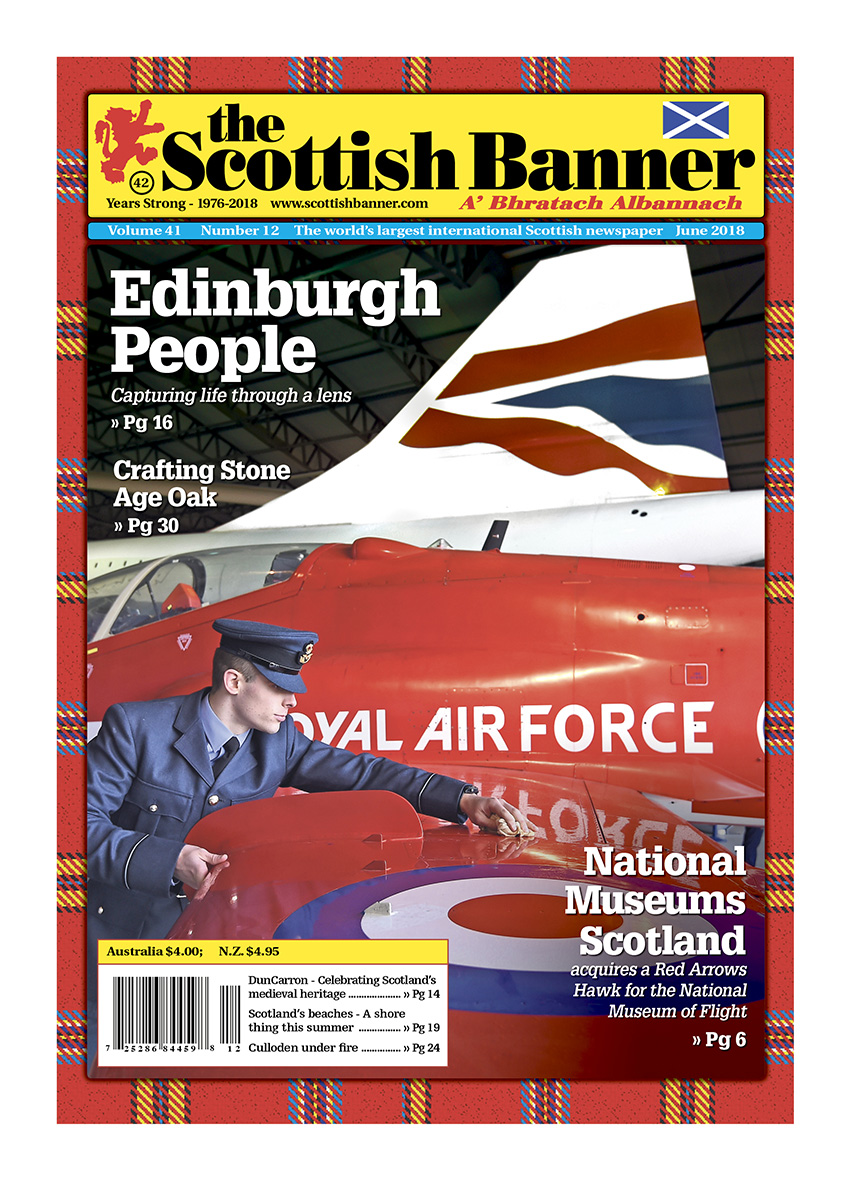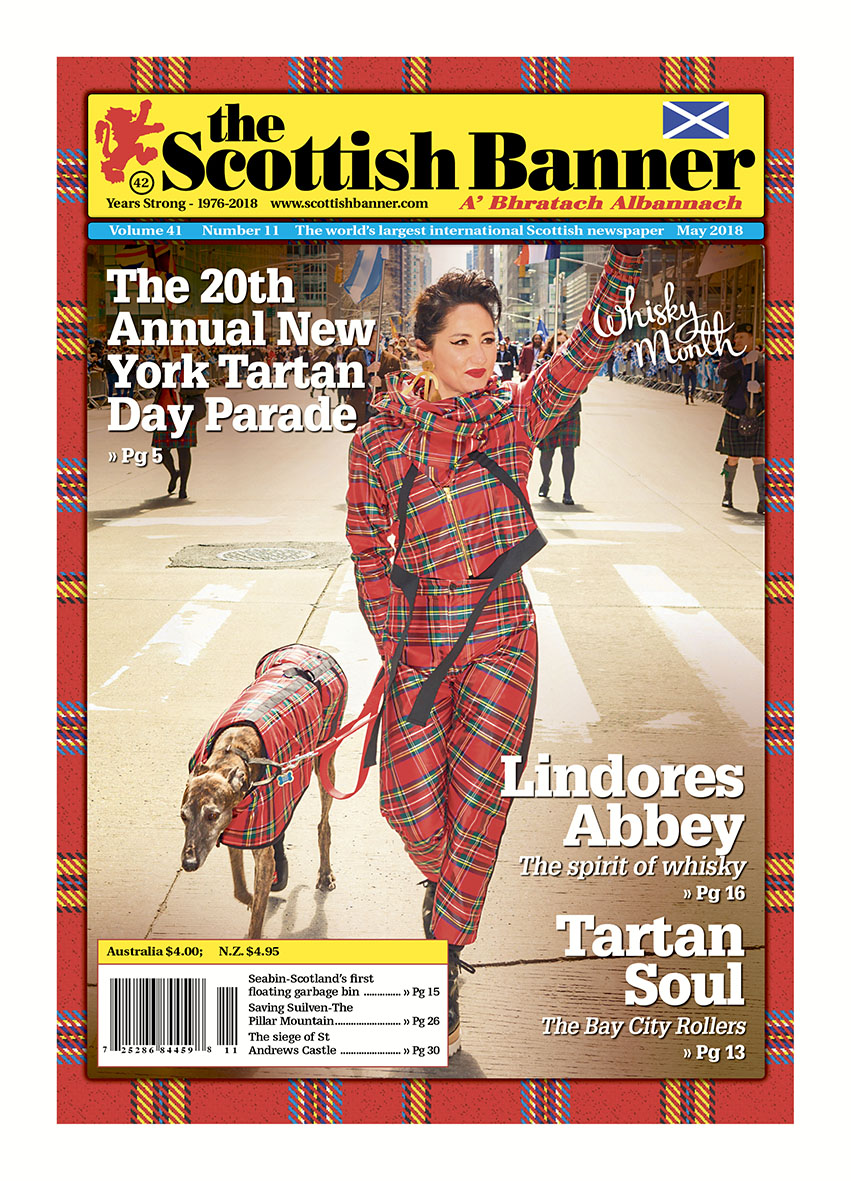September – 2021 (Vol. 45, Number 03)
The Banner Says…
The resilience of the international Scottish community
As we enter the final quarter of 2021 most of us will look back on this year as a tough one filled with uncertainty, cancelled plans, and an eagerness to get back to ‘normal’. Most weeks we see additions, amendments or updates being done to our online events listings from across the globe.
The Scottish Banner hosts one of the world’s most diverse and largest international Scottish and Celtic events listings, I regularly get to see a snapshot of how different countries are navigating through the Covid pandemic simply through our events calendar.
From across North America, Australia/New Zealand and Scotland events have been cancelled as governments regulate both large, and small, scale gatherings. The impact has been huge, and it underlines just what a vibrant and active community international Scots have developed, regardless of how many miles they are from the shores of Caledonia.
Online presentations
Thankfully, it is not all doom and gloom as many events are coming back or at least being planned for next year. Scots across the globe are not giving up and the incredible culture which is celebrated each month in diverse locations is not going away. Some events are being creative by offering a digital edition, or for others a part digital and part in person event, whilst some are fortunate to go all in person, with perhaps some caps on numbers or additional safety measures being put in place. Different local rules will dictate how events can or cannot manage themselves in these trying times, but one thing that may just be a positive is the notion of having events being put online. Whilst this may not be everyone’s preferred choice it does open the door to people ‘attending’ an event from anywhere in the world.
Recently in Scotland events such as Glasgow’s PipingLive! and both the Edinburgh Book and Fringe Festival’s for example all had a mix of in-person and online events which anyone could take part in, and yes in case you were wondering the content remained online for a period so people in various time zones could be accommodated. I think we will see more of this as events look to get back to some normal but perhaps at the same time continue and expand with online presentations to a global audience. I know this is also already being done with online Highland Games having already been produced out of Australia, Canada, Scotland and the USA, not to mention whisky events, Clan meetings, Gaelic classes and pipe band practices just to name a few.
Most Scottish Banner readers live a fair distance from Scotland and whilst going back is eagerly awaited few can go multiple times a year, or even annually, perhaps we will soon be able to attend an event in Edinburgh or Inverness from the comfort of our home, as often as we like.
In this issue
This year the world lost one of its icons with the passing of Edinburgh native and fiercely proud Scot Sir Sean Connery. Whilst his legacy will live on in so many classic films and he continues to be voted the ‘best Bond ever’, his family have recently honoured him with his very own tartan which made its worldwide debut at New York’s Dressed to Kilt fashion event. It is a fitting tribute for one of Scotland’s great sons and I will always remember the time I was paged to the podium at an airport, waiting for a flight to Glasgow, and paged as Sean Connery. It certainly caused a few others in the departure lounge to be “shaken, not stirred”…
Can you imagine travelling with an 800-year-old guidebook? That is exactly what David C. Weinczok did as he travelled to Orkney with the Orkneyinga Saga in hand. This medieval chronicle takes the reader across Orkney at a time when the islands were still very much a part of the Viking world. The pages really take the reader back to a brutal time with battles, mythology, history and legend.
An example of just how innovative events are thinking outside the box is highlighted in this issue with the recent digital presentation of the Montreal Highland Games. The Games program blended pre-recorded segments of music, dance and storytelling with onsite interviews and live action. A highlight however was without doubt that Canadian champion Highland Heavy athlete Jason Baines beat the Guinness World Record for the number of cabers tossed in one hour. Jason incredibly beat the previous record of 122 caber tosses in one hour to establish a phenomenal new record of 161 tosses, a feat you can now watch online. Congratulations Jason and to the entire Montreal Highland Games committee!
Haste ye back
As we go to press with this issue there are already numerous event committees planning that next great Scottish event for you to enjoy. Some people will still have to wait several months before considering which one to go to, whilst others have some great events happening this month. As a community group the Scots are spoiled for choice with great events across the globe that appeal to all ages and interests.
When it is safe to do so I urge all our readers to travel near and far (or online) and enjoy and support these great events and reconnect with our shared love of Scotland. If you can do so now then haste ye back and go for those of us that currently cannot and let those events, their performers, vendors and community groups know how important they are to keeping us connected, grounded and proud to have Scotland in our veins.
Will you be attending any Scottish events in person or online? Share your story with us! Do you have you any comments from the content in this month’s edition? Share your story with us by email, post, social media or at: www.scottishbanner.com/contact-us
#ScottishBanner, #TheBanner
Covid-19 is having a major impact on many of our regular advertisers, with events being cancelled and businesses suffering. The Scottish Banner is more reliant than ever on our readers helping us to provide you with our unique content by buying a copy of our publication, regardless if by print or digital subscription or at a retail outlet.
We appreciate your support and hope you enjoy this edition.


